ENGLISH VERSION (click here!)
A third visit to any place should be an opportunity to connect with the details you missed—or simply overlooked—during your first two encounters. That’s what I was thinking as I drove back to Maracay, after our adventure through Venezuela’s eastern region. But what we found during our visit to Mochima National Park, located in Sucre state in the northeastern corner of the country, was a surprise of the highest order. It’s only fair to give our readers some context and admit that it had been at least three and a half decades since my last visit to one of the most beautiful natural sites in Venezuela. I don’t know if the reader relates to this mortal, but there are places in nature that take your breath away and make you feel small. It has to do with the sheer arrogance of Mother Nature (Pachamama) and the way her energy pulses through every stimulus these places offer—and how your senses receive them. There are many places that have made us feel that way: Crater Lake in Oregon, the Seven Lakes region in Argentine Patagonia, the tides along the coast of Normandy in France, the icy waters of the Mediterranean on Spain’s shores, the eternal greens of Ireland, Bellingham Bay in Washington State in the U.S.—I could go on listing wonders we’ve seen, but we’d lose the point: None of them stirred our emotions quite like The Mochima´s National Park did. We arrived after driving from Cumaná along trunk road number 9. The road is in good condition, and we chose to stop for breakfast at the famous eastern-style empanada stand, right at the fork where the turnoff to the town of Mochima begins. Before that, we paused at the overlook where we captured the cover photo and the second image featured in this post.
--- 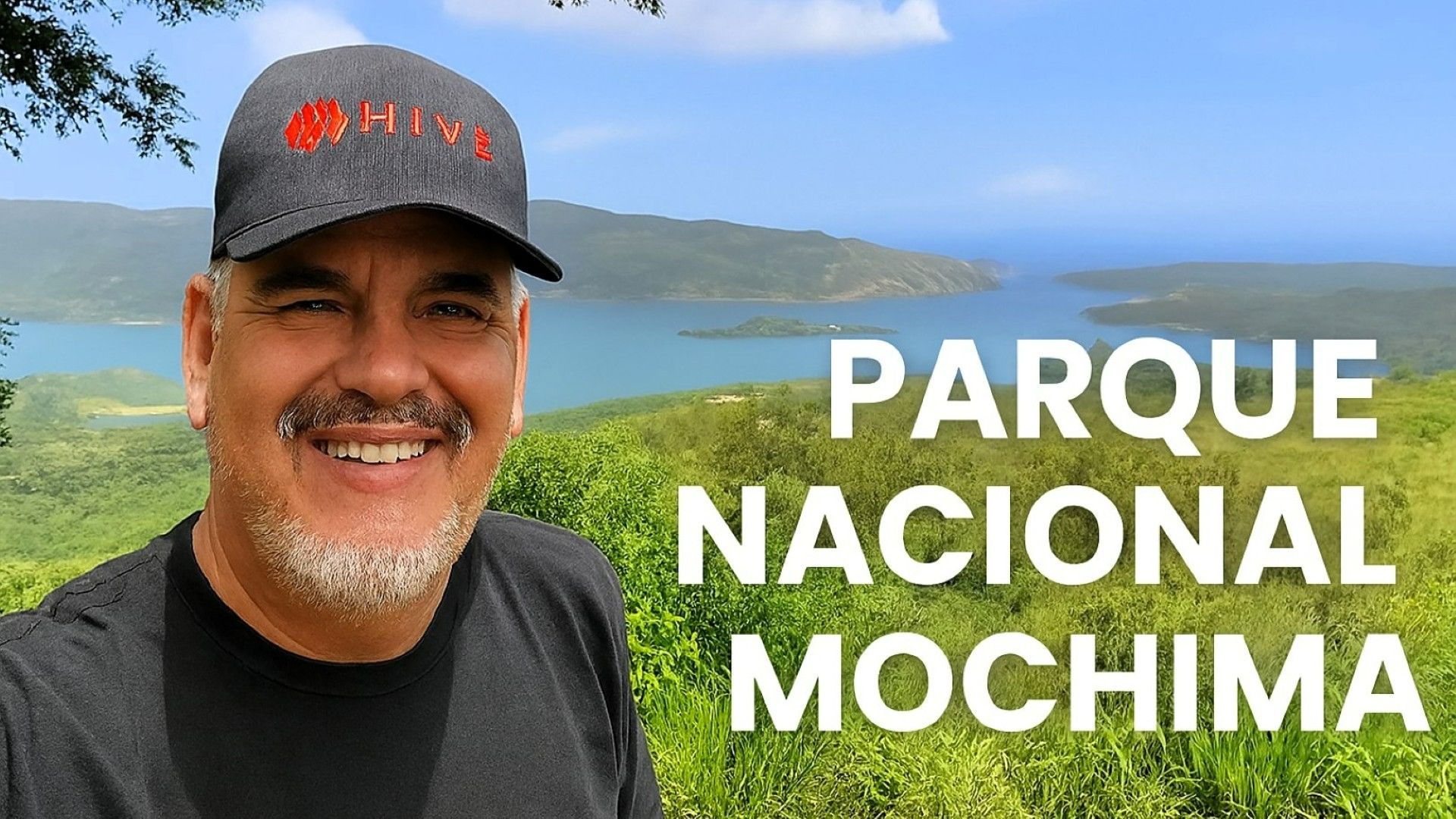 --- 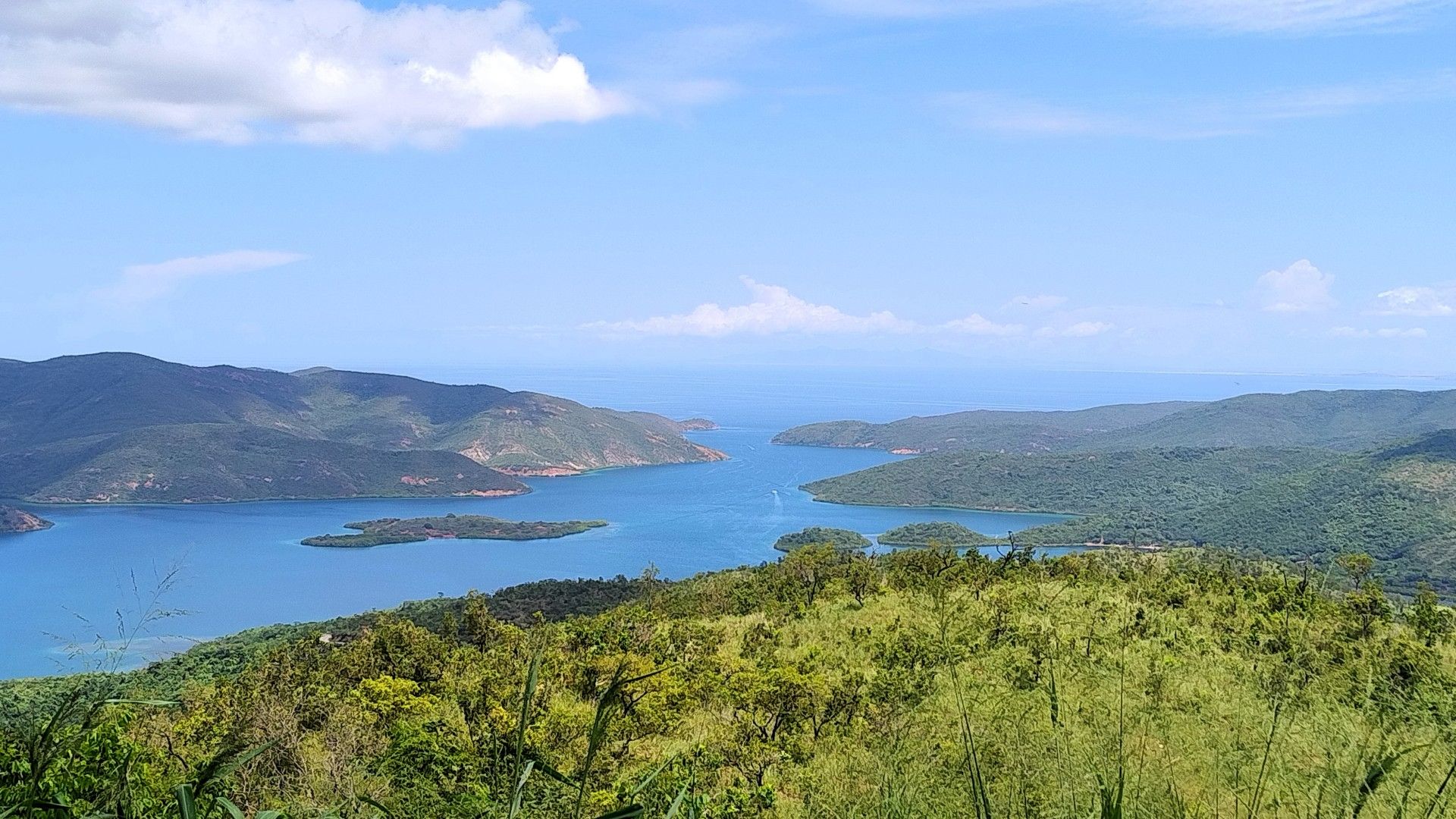 --- 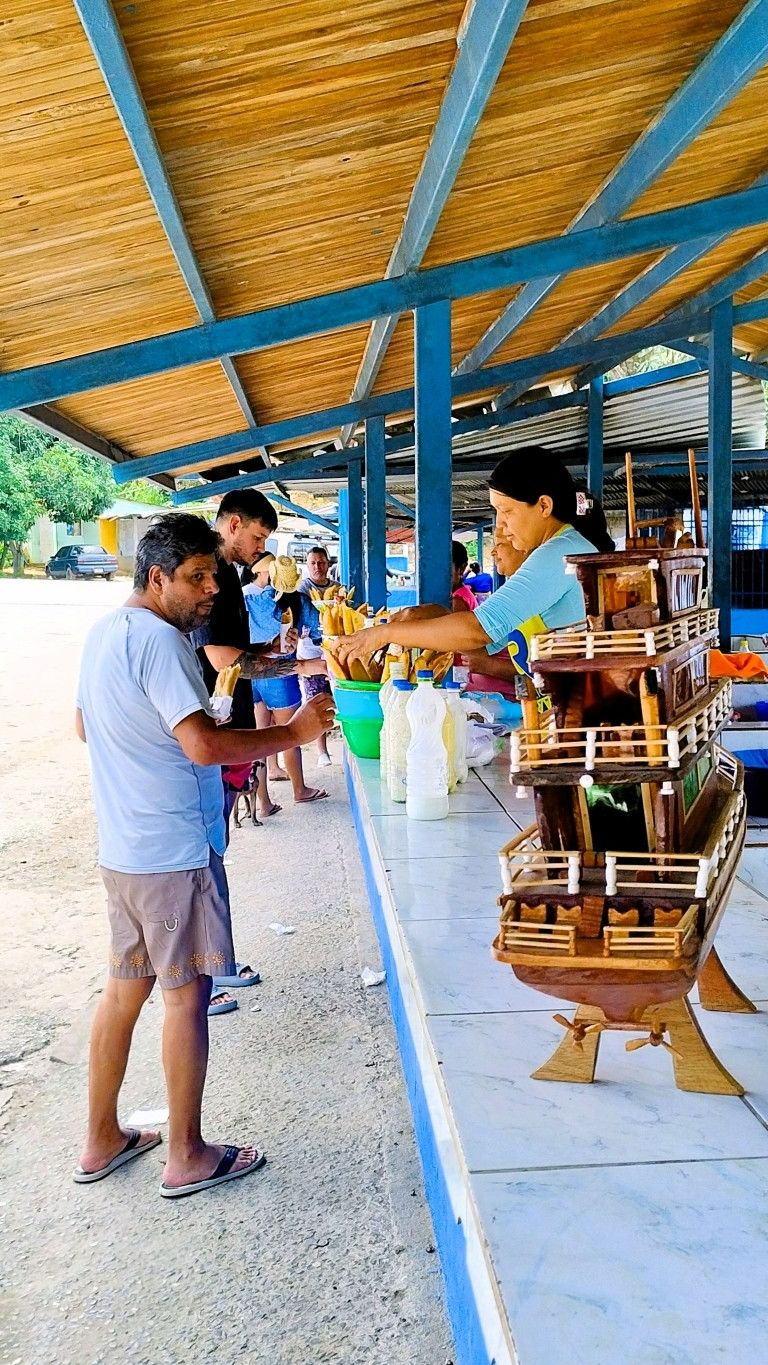 --- 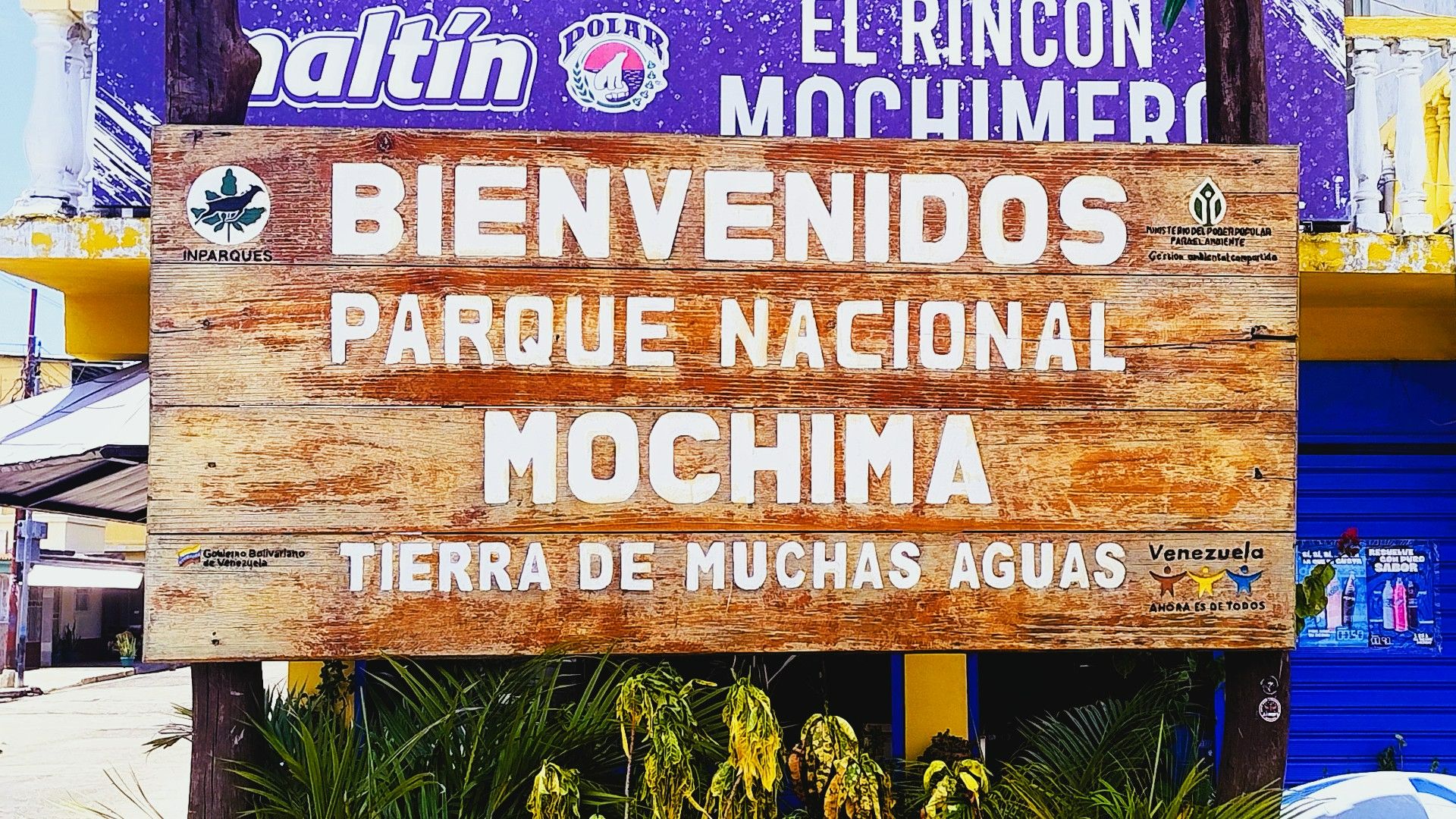 --- 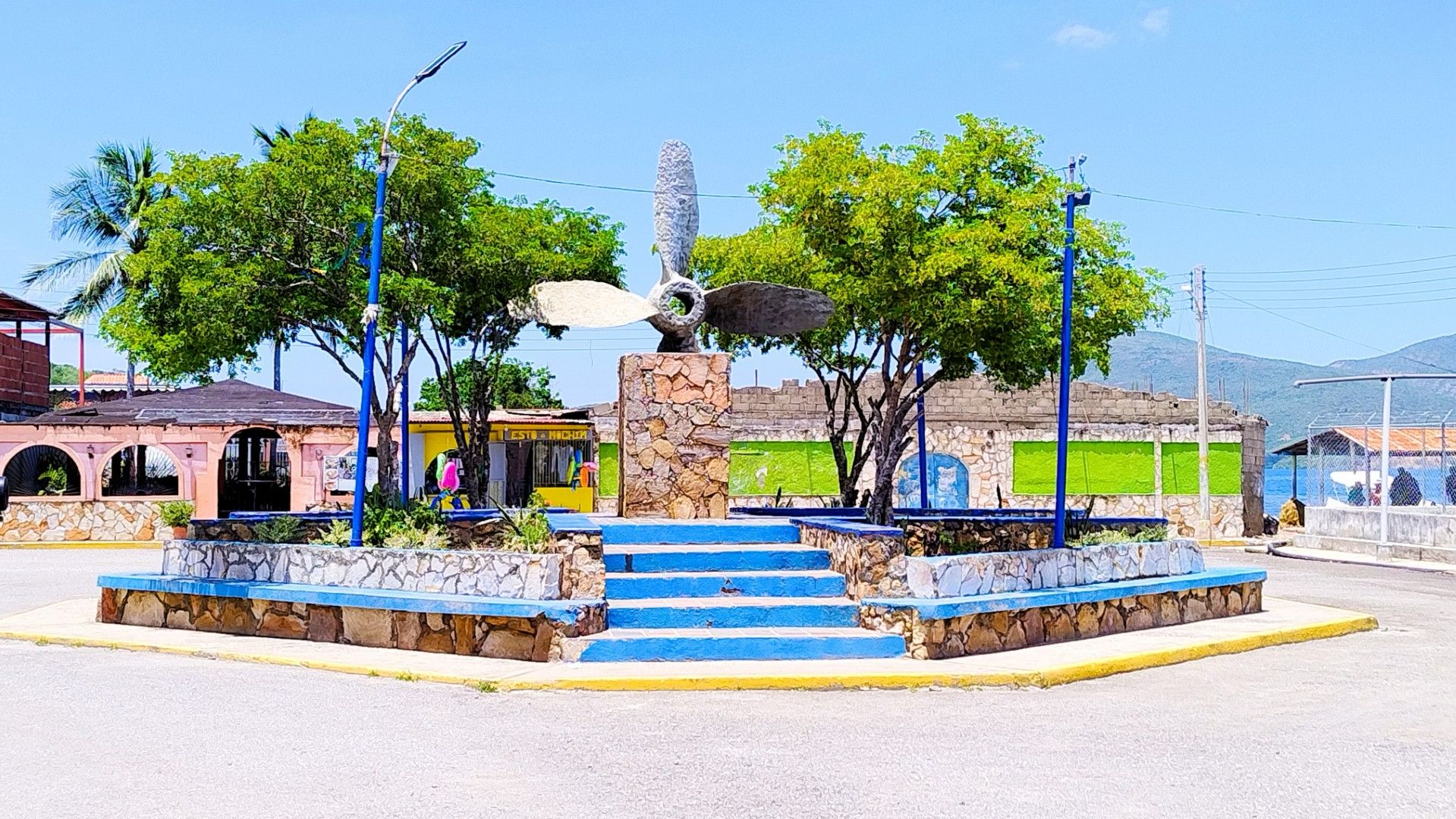 --- 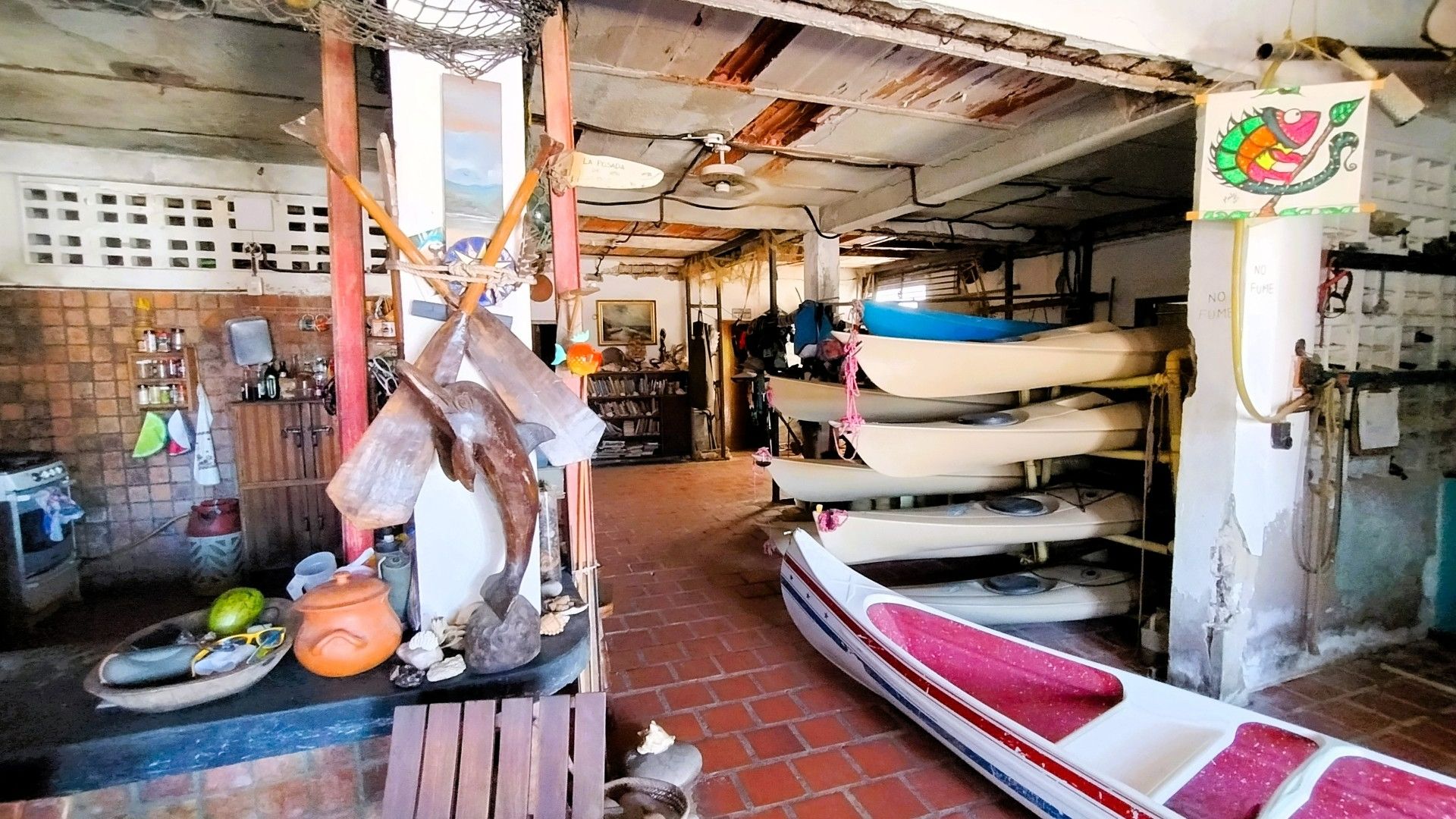 --- 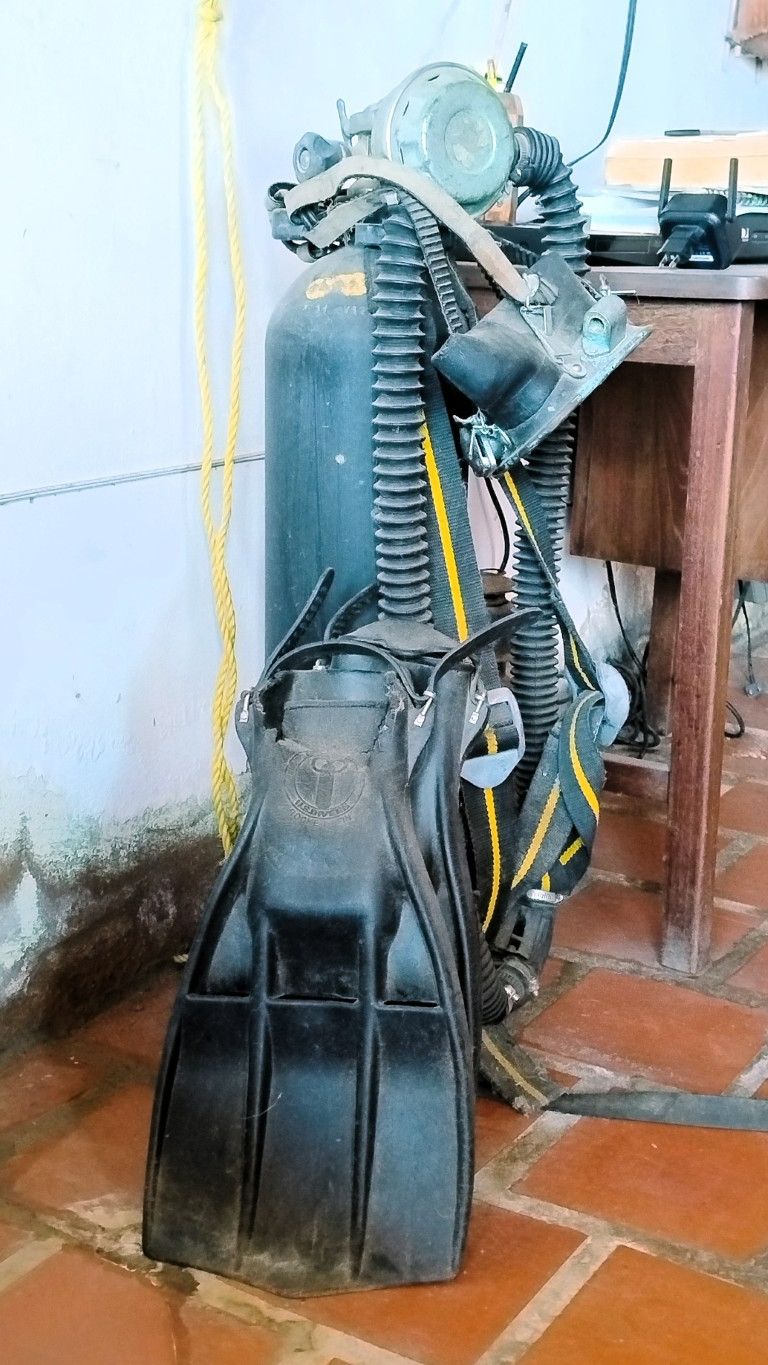 --- 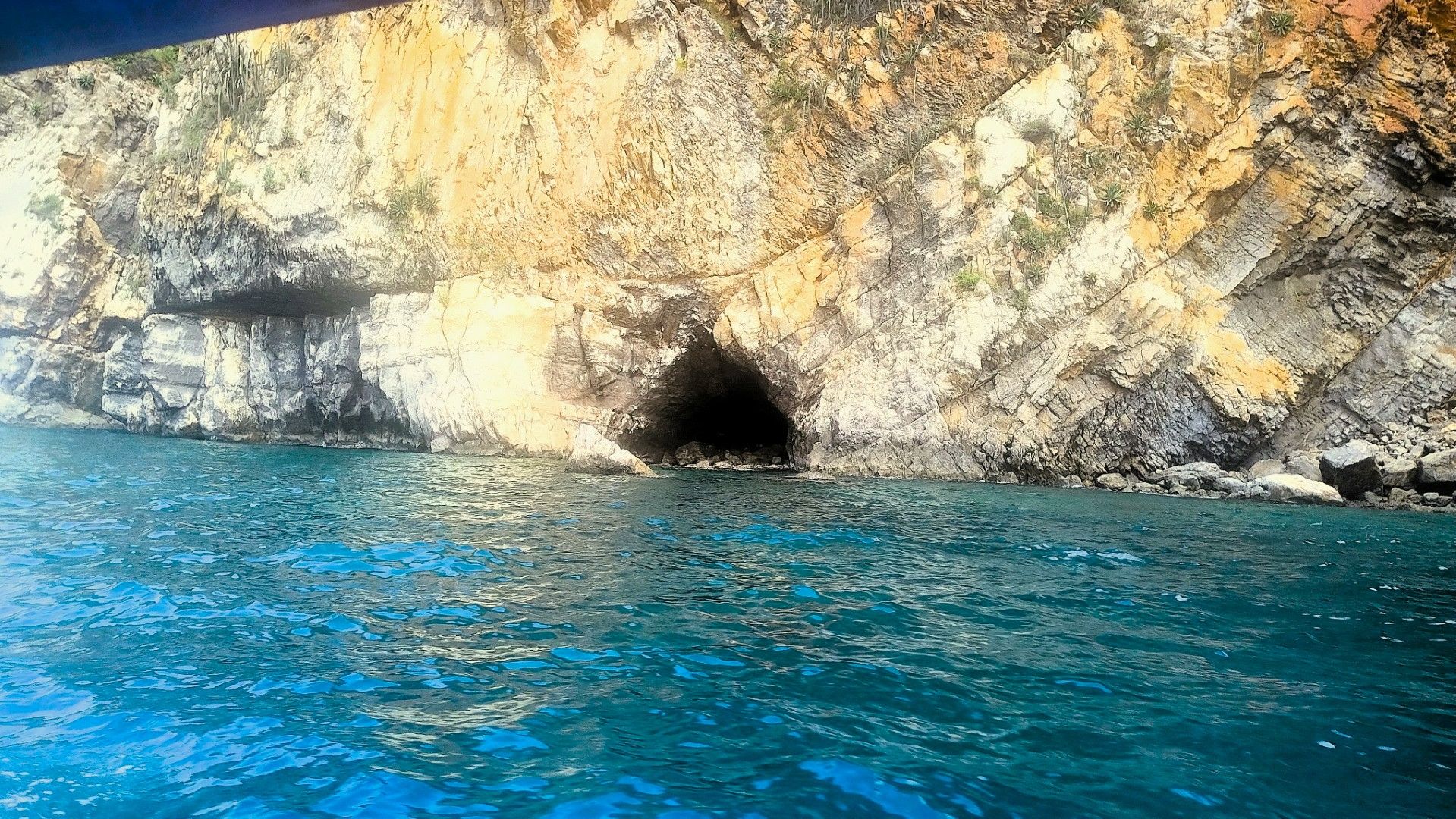 --- 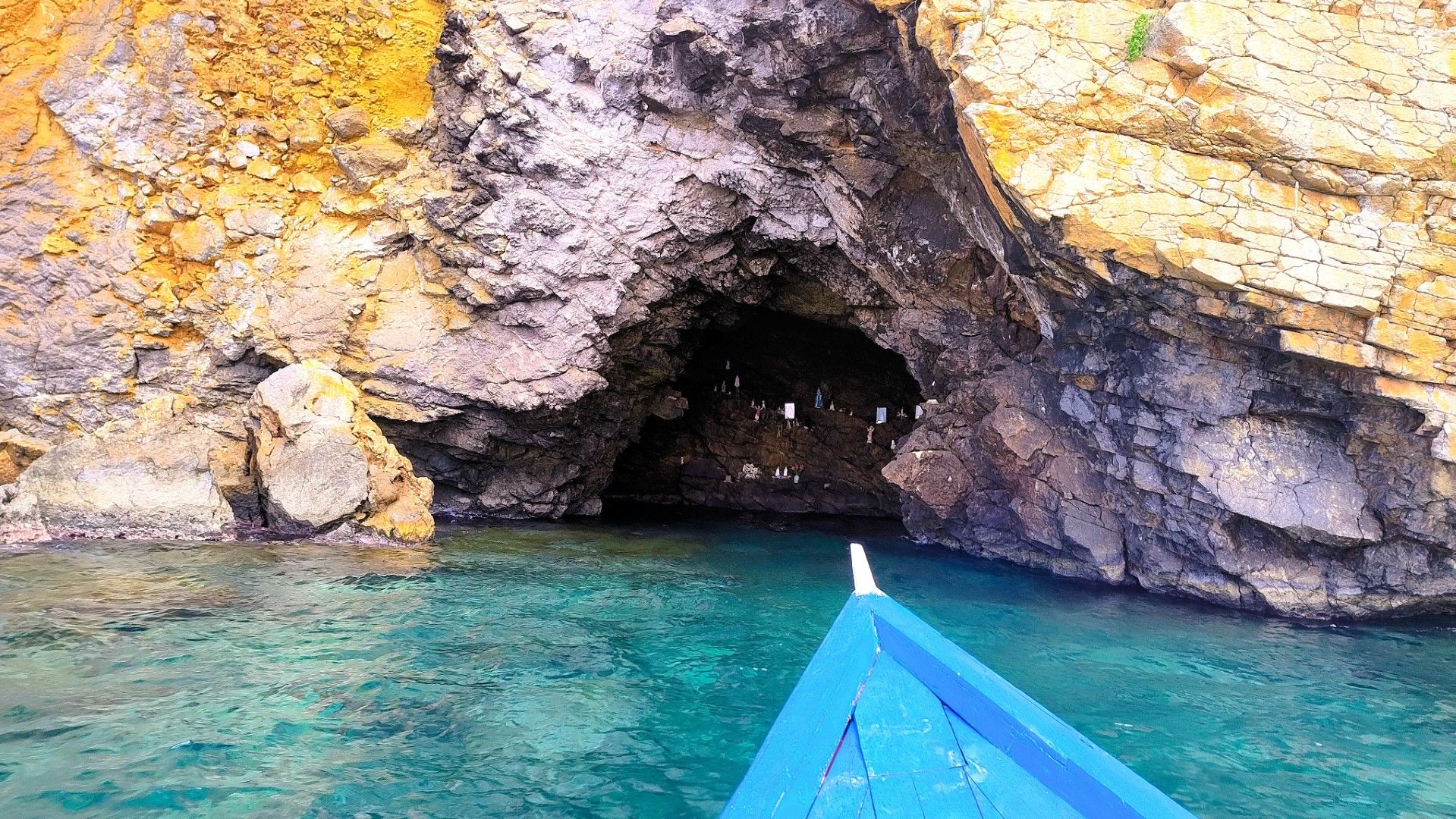 --- 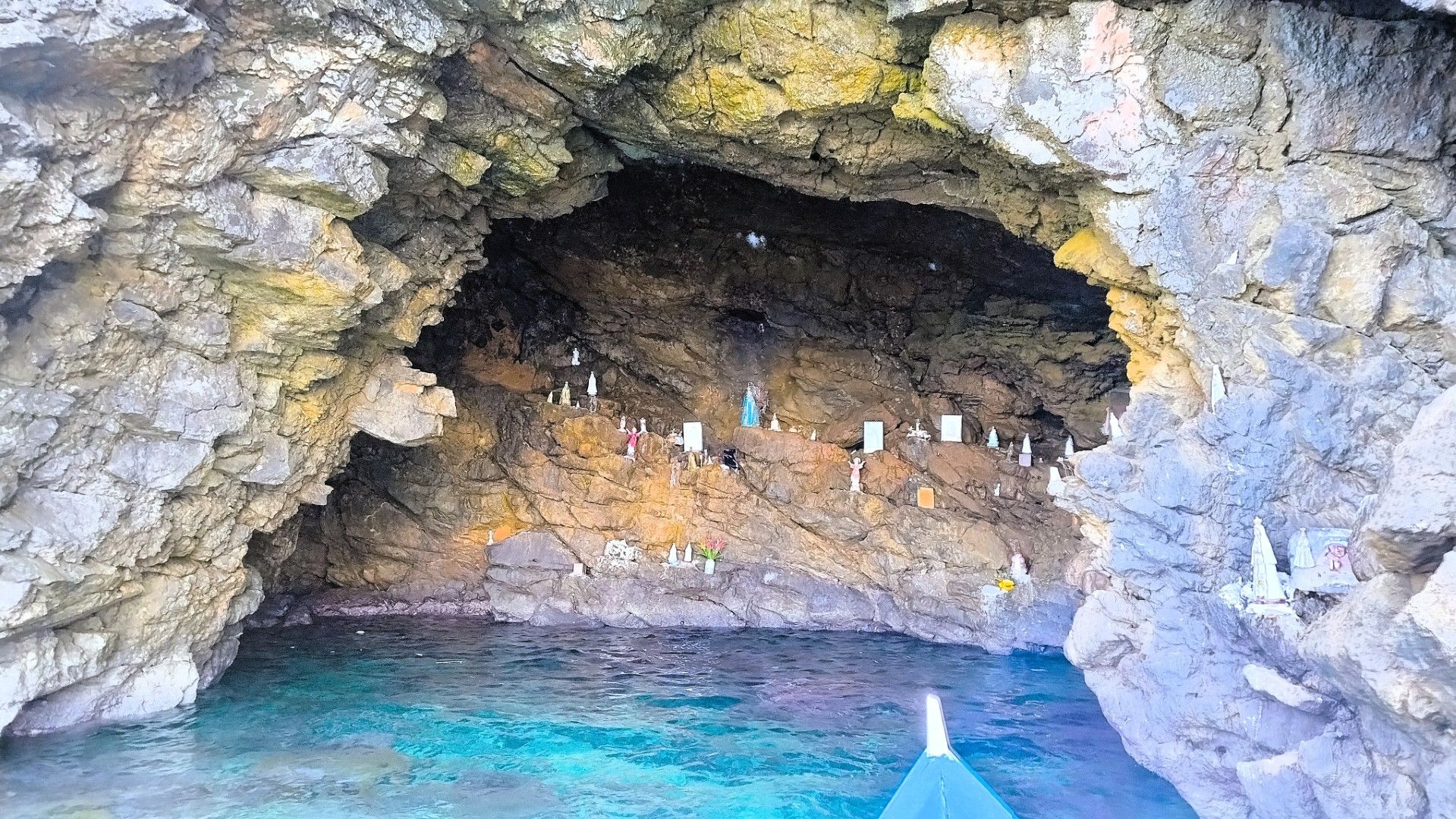 --- # 
ENGLISH VERSION (click here!)
It’s also worth noting that @stow01 (our son) visited this place much more recently—about eight years ago. Back then, he traveled with his brother, their girlfriends at the time, and a third friend. Based on that experience, he recommended we look for William and Beglis at the Mochima Diving Center. They organize trips at fair prices and help you plan your entire day. The town itself is well organized, and excursions can be paid for directly at the communal dock, where boats depart to the beaches selected by each visitor. In our case, we opted for a boat tour to several points of interest within the park. The boat rental cost us US$60, and the services provided by William and Beglis came to US$90. Since we were traveling as a group of four and everyone chipped in for shared expenses, the costs were quite manageable. Why? Because it was a half-day boat ride through the natural wonders of the area, plus a snorkeling course, full gear rental for the activity, and the exclusive guidance of William and Beglis—who truly rose to the occasion. Our first stop was [the Tentenocaigas Rocks](https://www.google.es/maps/place/Las+Piedras+de+Tentenocaigas/@10.388999,-64.3799096,15.94z/data=!4m6!3m5!1s0x8c2d87b3956c7597:0x6866fa25129fe38a!8m2!3d10.3907977!4d-64.3802027!16s%2Fg%2F11c6cfk1j0?entry=ttu&g_ep=EgoyMDI1MDkxMC4wIKXMDSoASAFQAw%3D%3D), a spot where you can swim beneath sea-carved stone arches and emerge into a naturally formed pool inside the rock itself. It was a sublime experience. With the diving mask on, the visual spectacle of fish, mollusks, sea worms, and countless other creatures makes you wonder why you weren’t born there—just to avoid the usual troubles of being human. Ramiro, @stow01, and yours truly dove in. Ricardo (my brother) stayed on the boat, as he had suffered a ruptured eardrum years ago and prefers to avoid the pressure water puts on his ears when diving deep.
--- 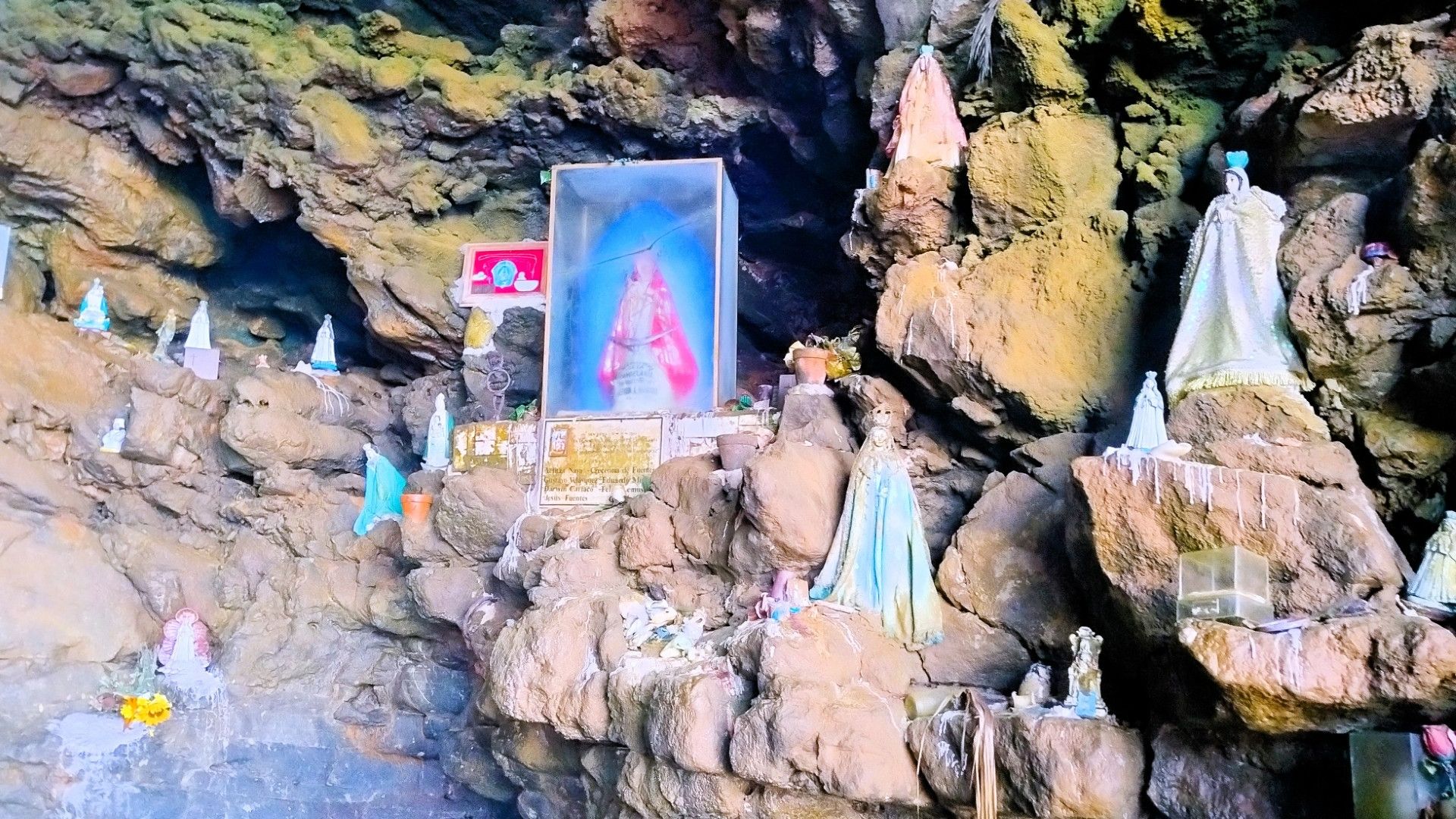 --- 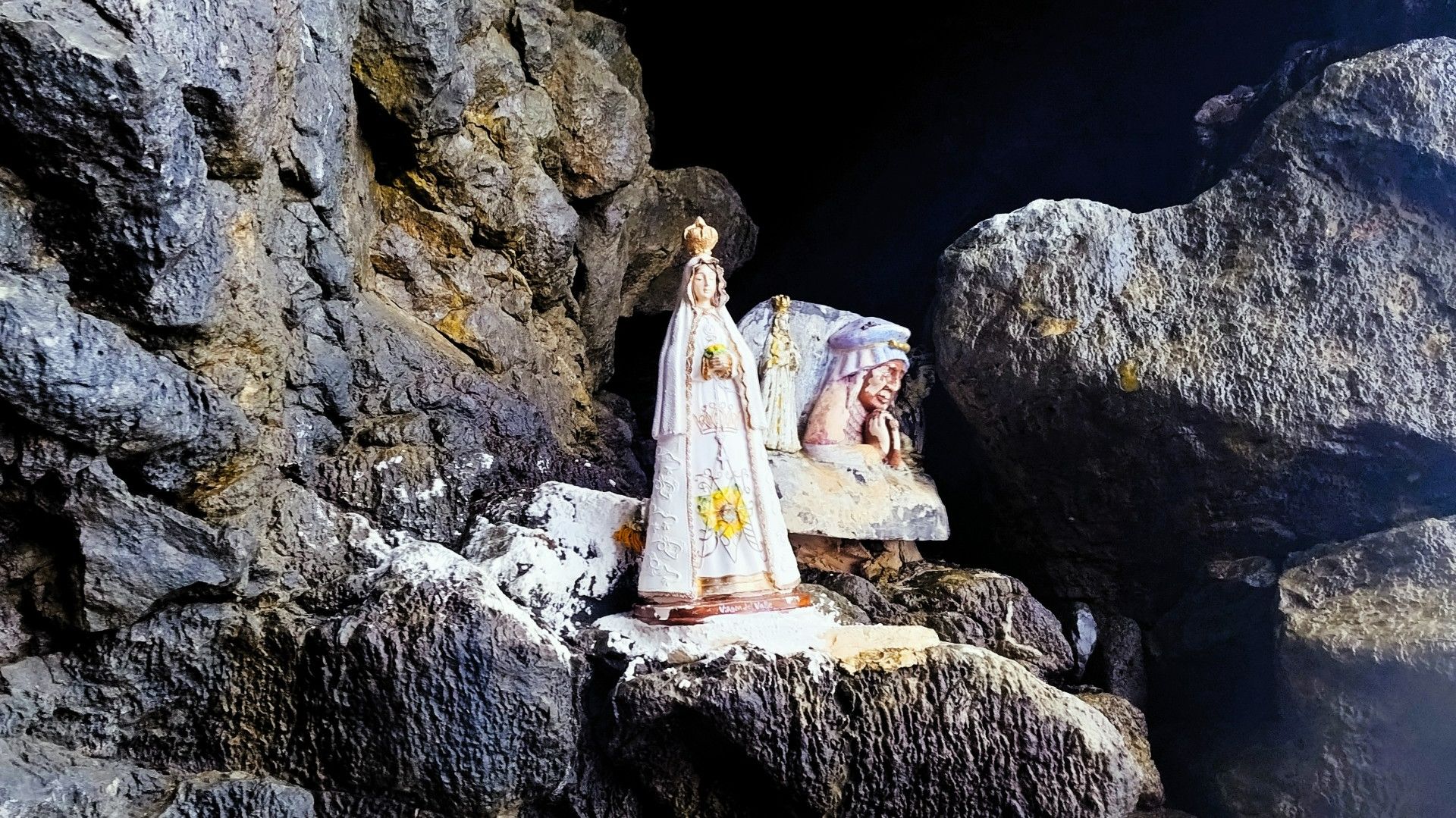 --- 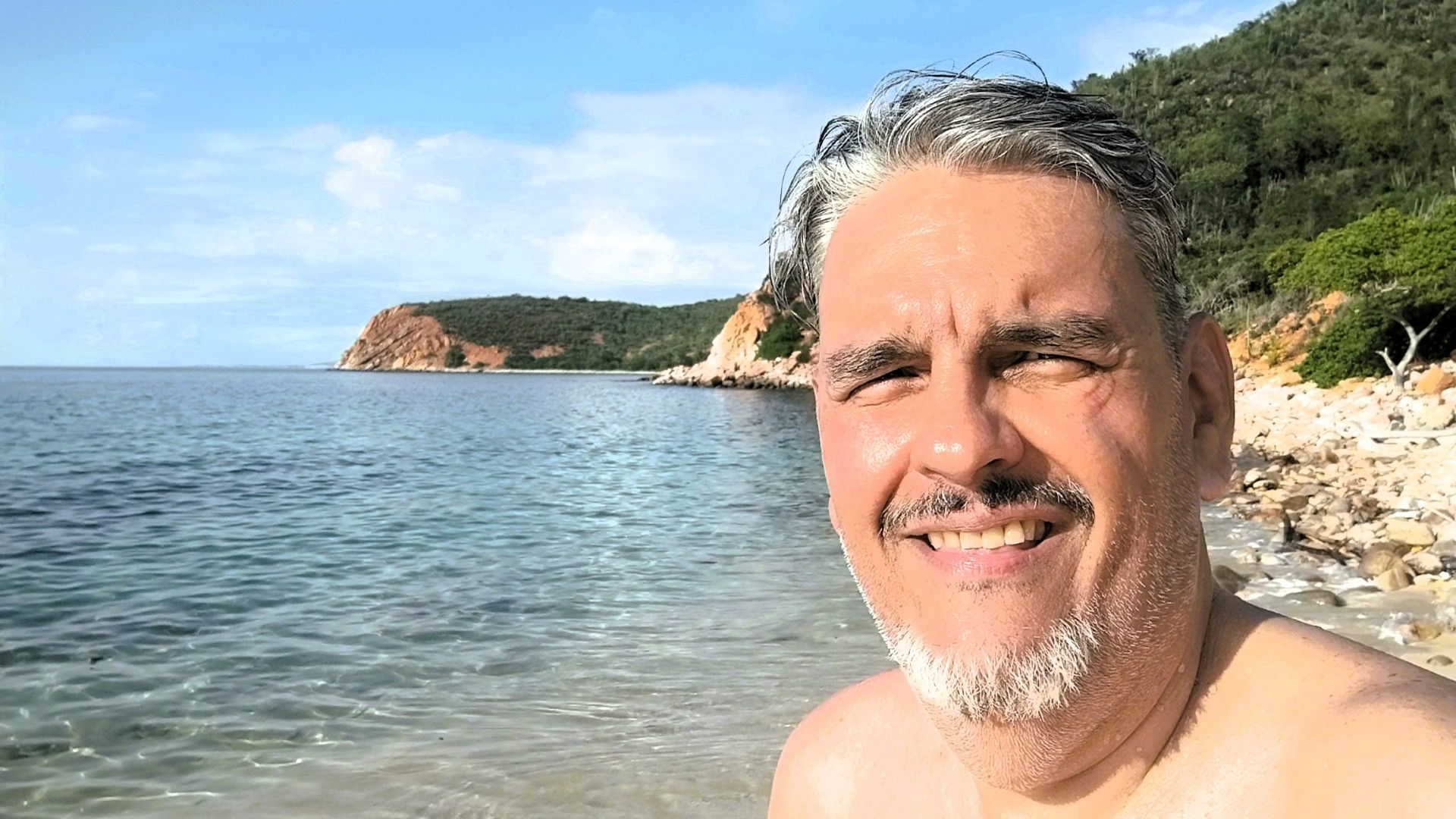 --- 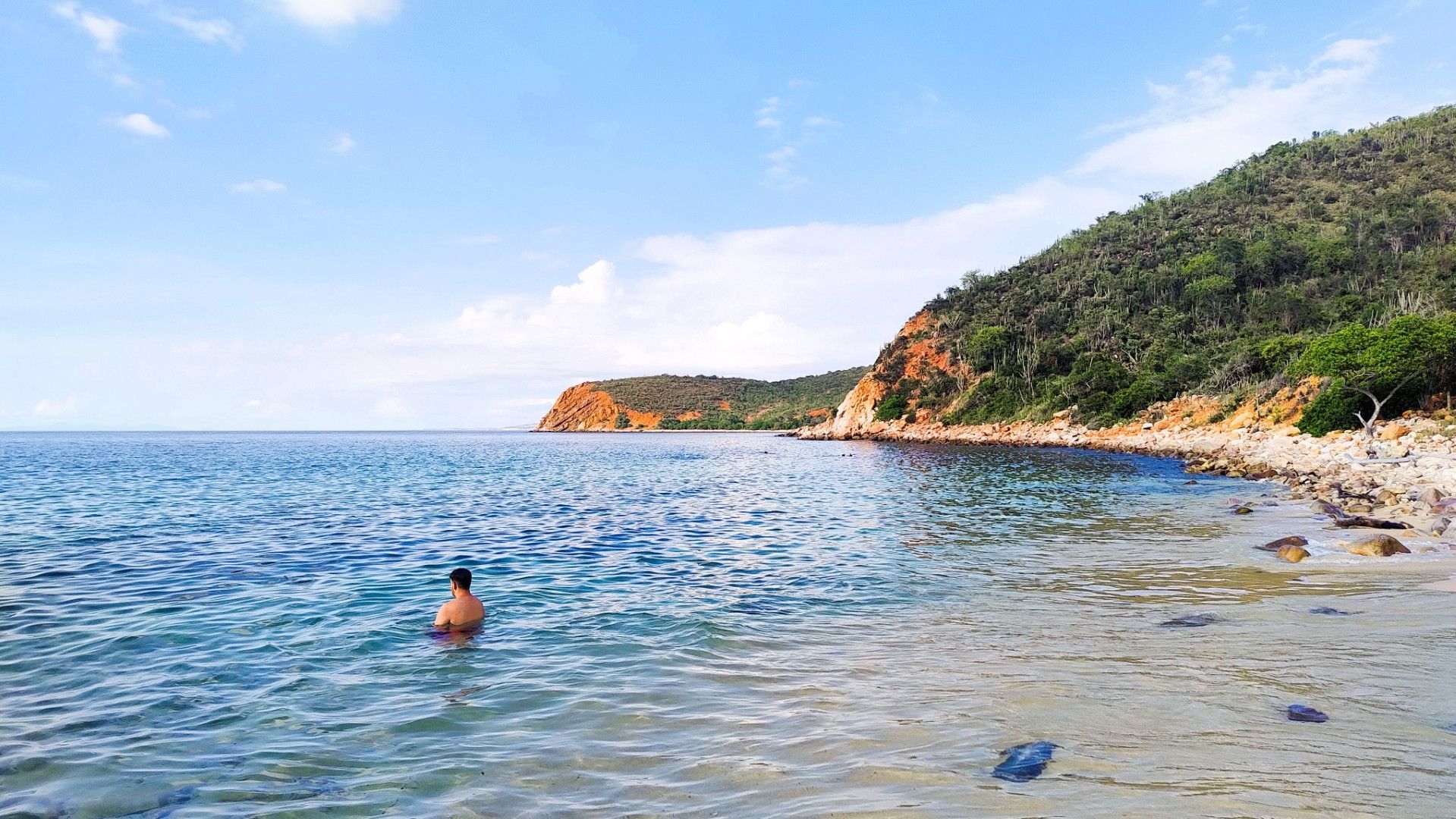 --- 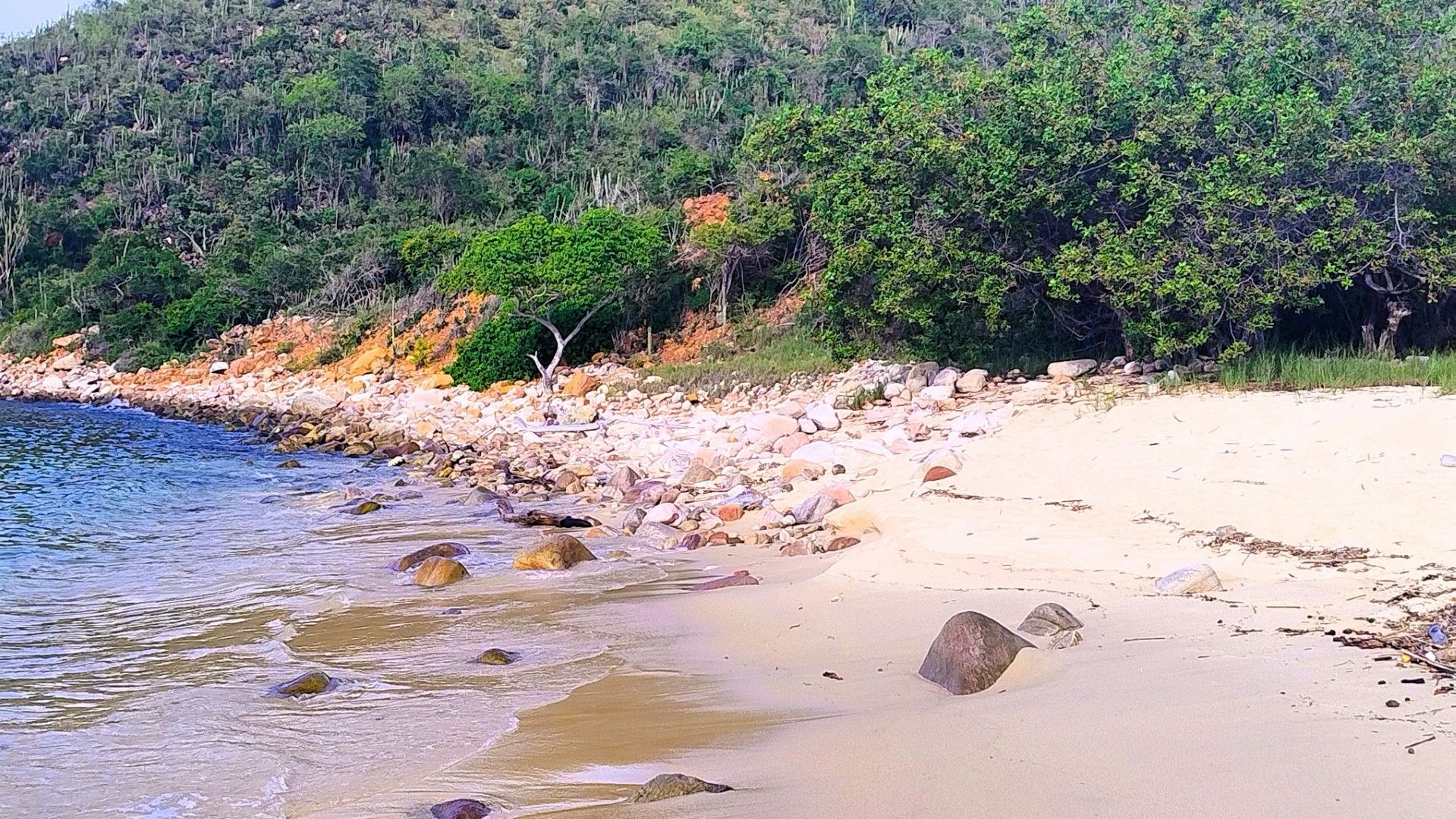 --- 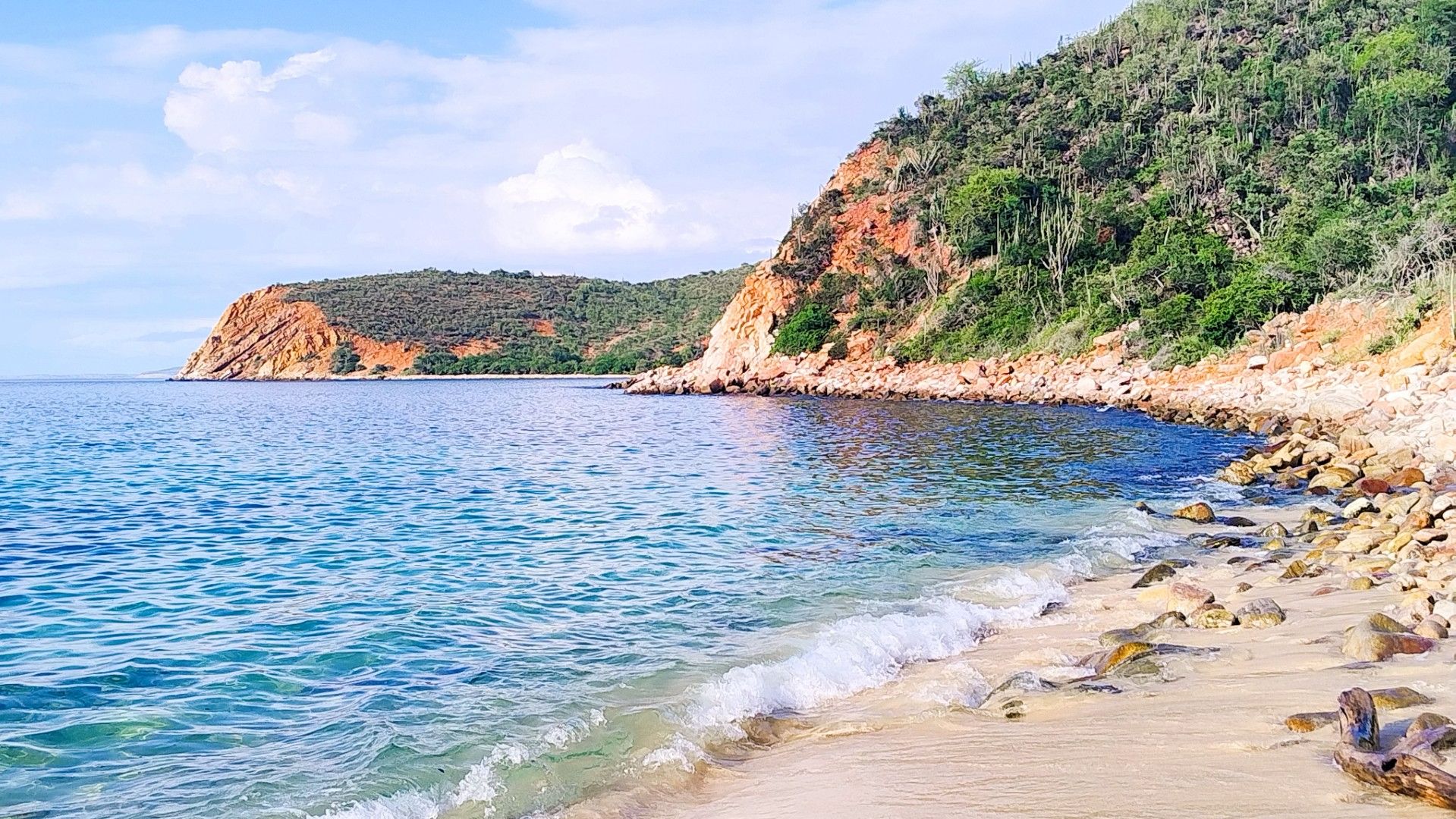 --- 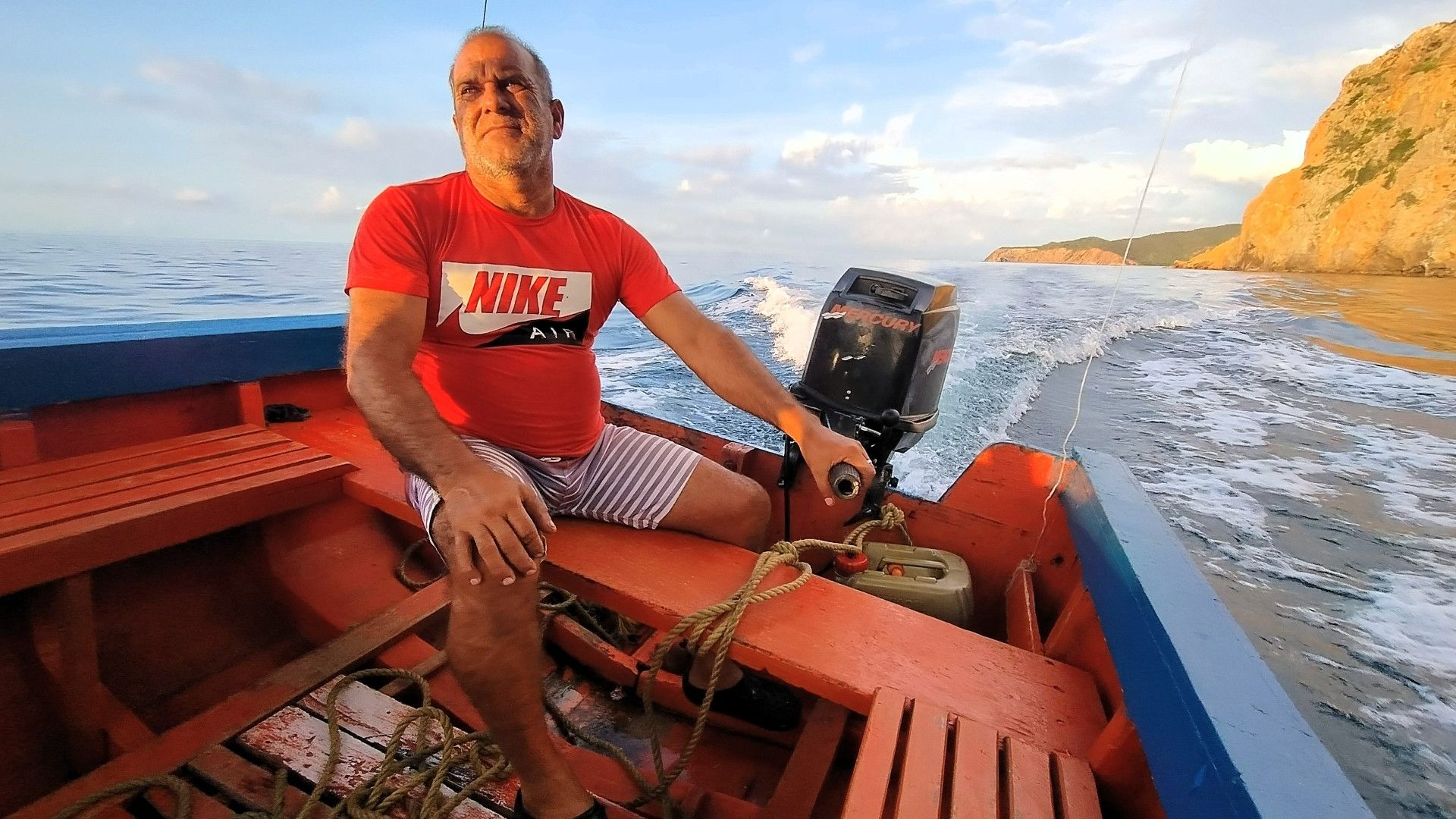 --- 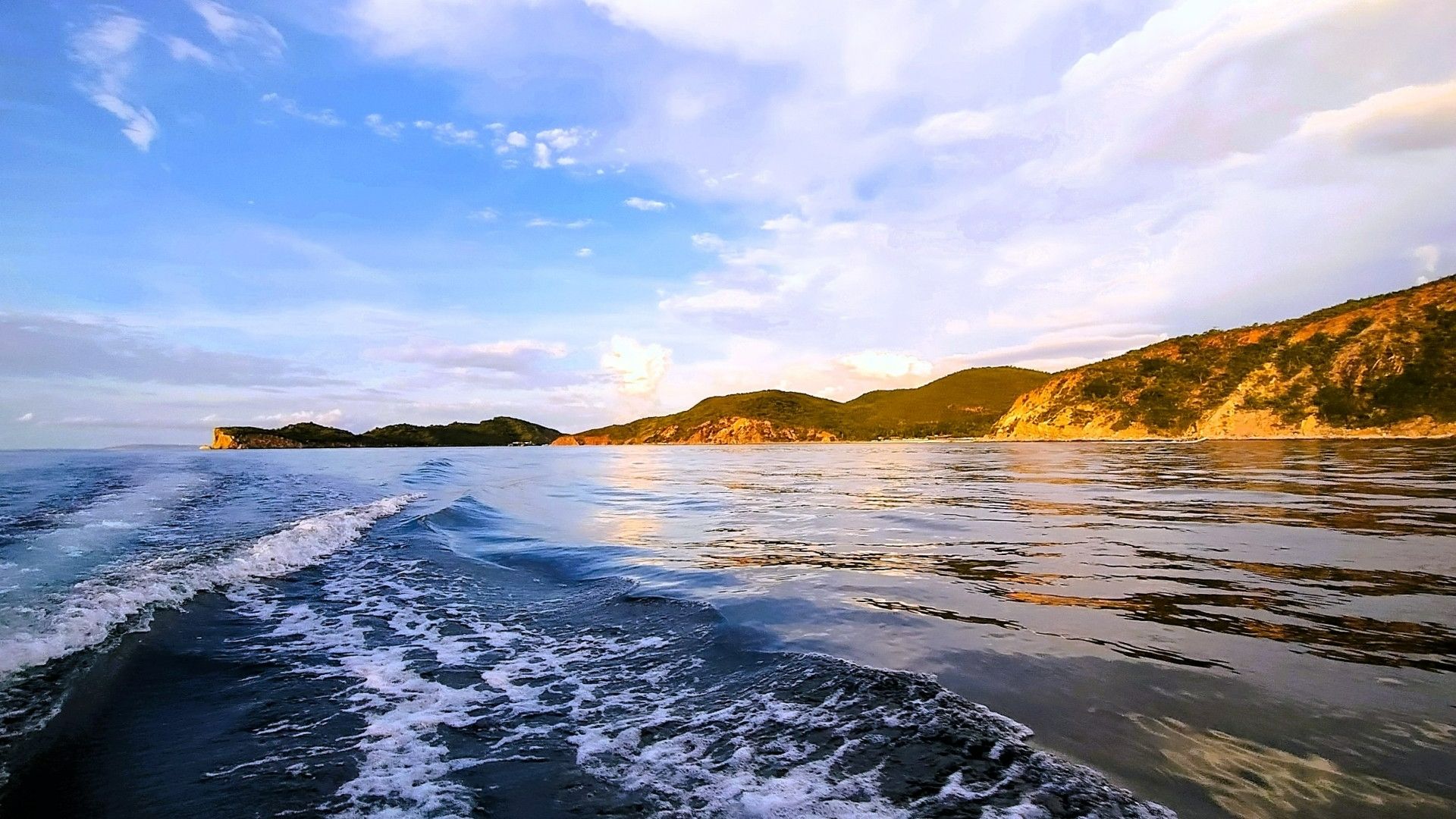 --- 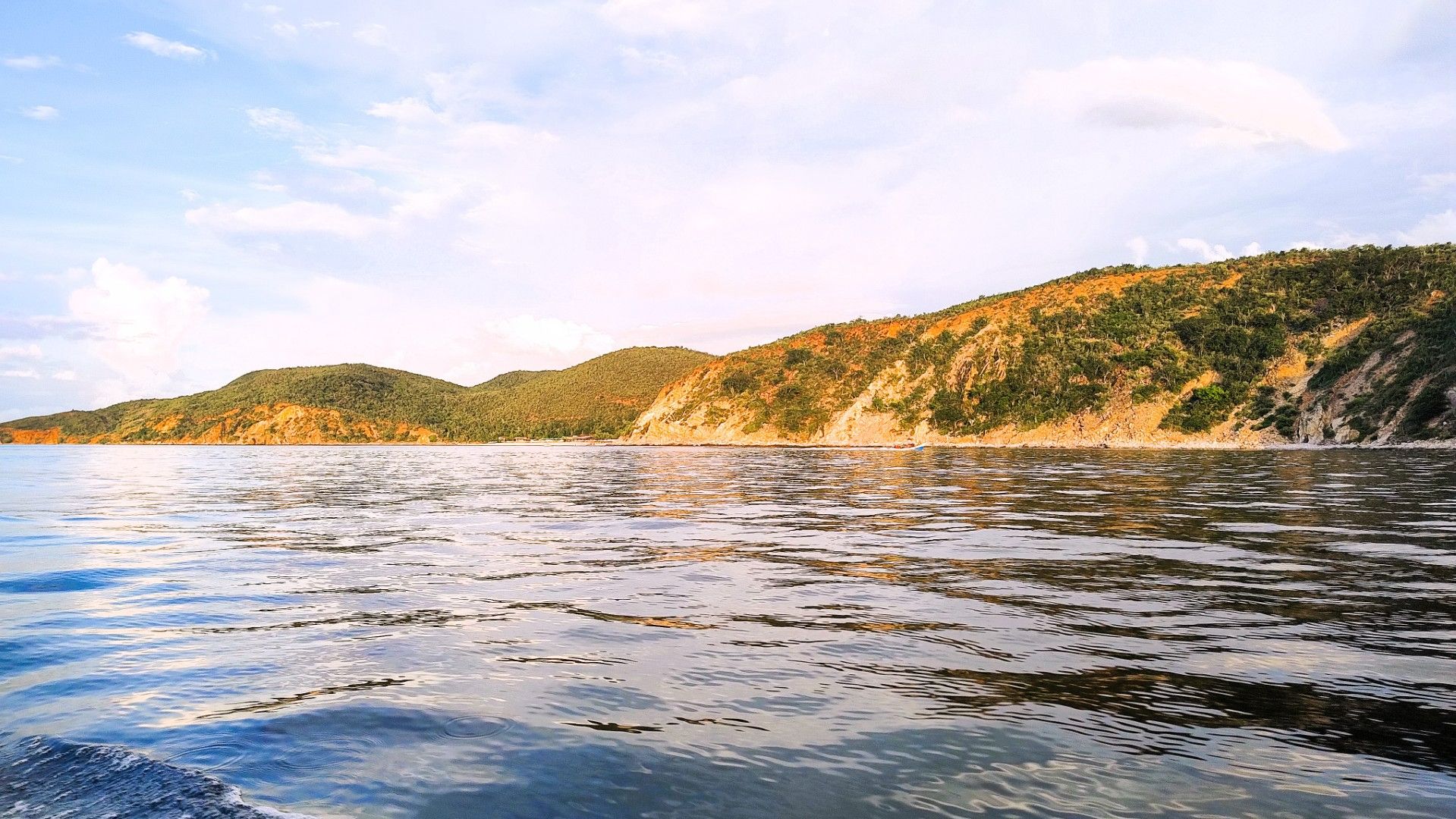 --- 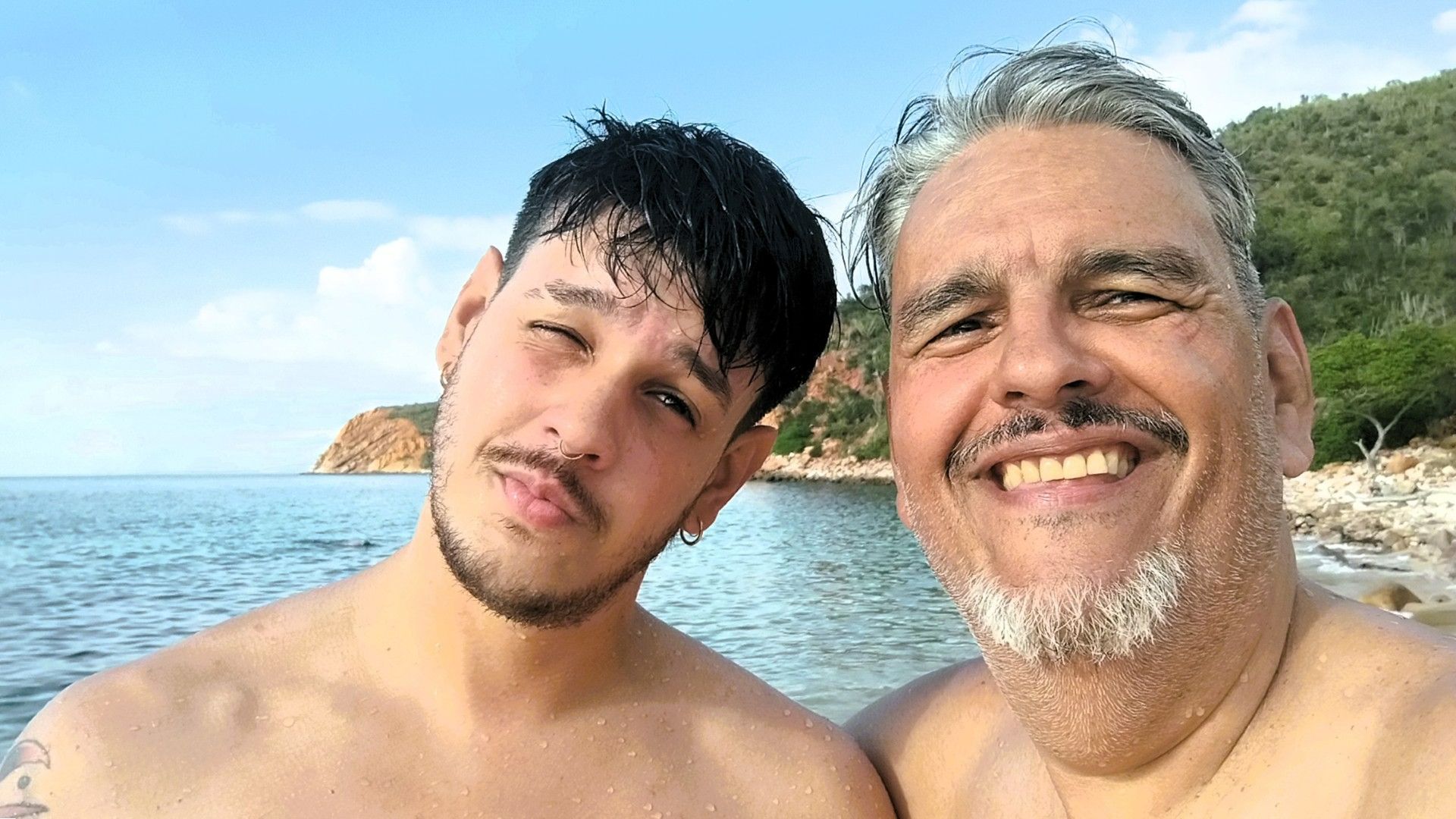 --- # 
ENGLISH VERSION (click here!)
As we sailed toward our second stop, William pointed out the site where the HMS Thunderbolt sank—a British Royal Navy vessel torpedoed by a German submarine that had been patrolling Venezuelan waters during World War II. Given Venezuela’s status as an oil-producing country, the Germans sought to prevent our petroleum from reaching their enemies, even though our nation had declared itself neutral. We arrived at a spot where a cave carved into the rock serves as a shrine for devotees of the Virgen del Valle, patron saint of fishermen and of eastern Venezuela. After that visit, we continued on to [Cautarito Beach](https://www.google.es/maps/place/Playa+Cautarito/@10.3960767,-64.3384932,13.78z/data=!4m6!3m5!1s0x8c3278113e002e35:0x5a5496c336090fb7!8m2!3d10.3988924!4d-64.3208903!16s%2Fg%2F11cln34ws7?entry=ttu&g_ep=EgoyMDI1MDkxMC4wIKXMDSoASAFQAw%3D%3D), our final destination for the snorkeling activity. It’s the least crowded cove in the park and boasts spectacular reefs. Nothing I had seen before in my life had prepared me for the lasting impression I would carry from that place. Even now, as I write this, it’s hard to put into words the emotions and connections we experienced there. Perhaps the closest I can bring my beloved reader to those feelings is to compare it to witnessing the moment of creation itself—and being a spectator to it. Blasphemy? I’m not sure. We spent roughly two and a half hours in the water. Parrotfish, angelfish, trumpetfish, damselfish, surgeonfish, mullets—and I won’t go on, since I’m no marine biologist. Add to that seahorses, giant sea urchins, and sea slugs, all orchestrating a dance around hundreds of reef species and sponges. It’s incredibly difficult—if not impossible—to remain the same person after seeing all that. My brother Ricardo, who once kept aquariums in the past, was the last to leave the sea. And of course, it’s not hard to guess why.
--- 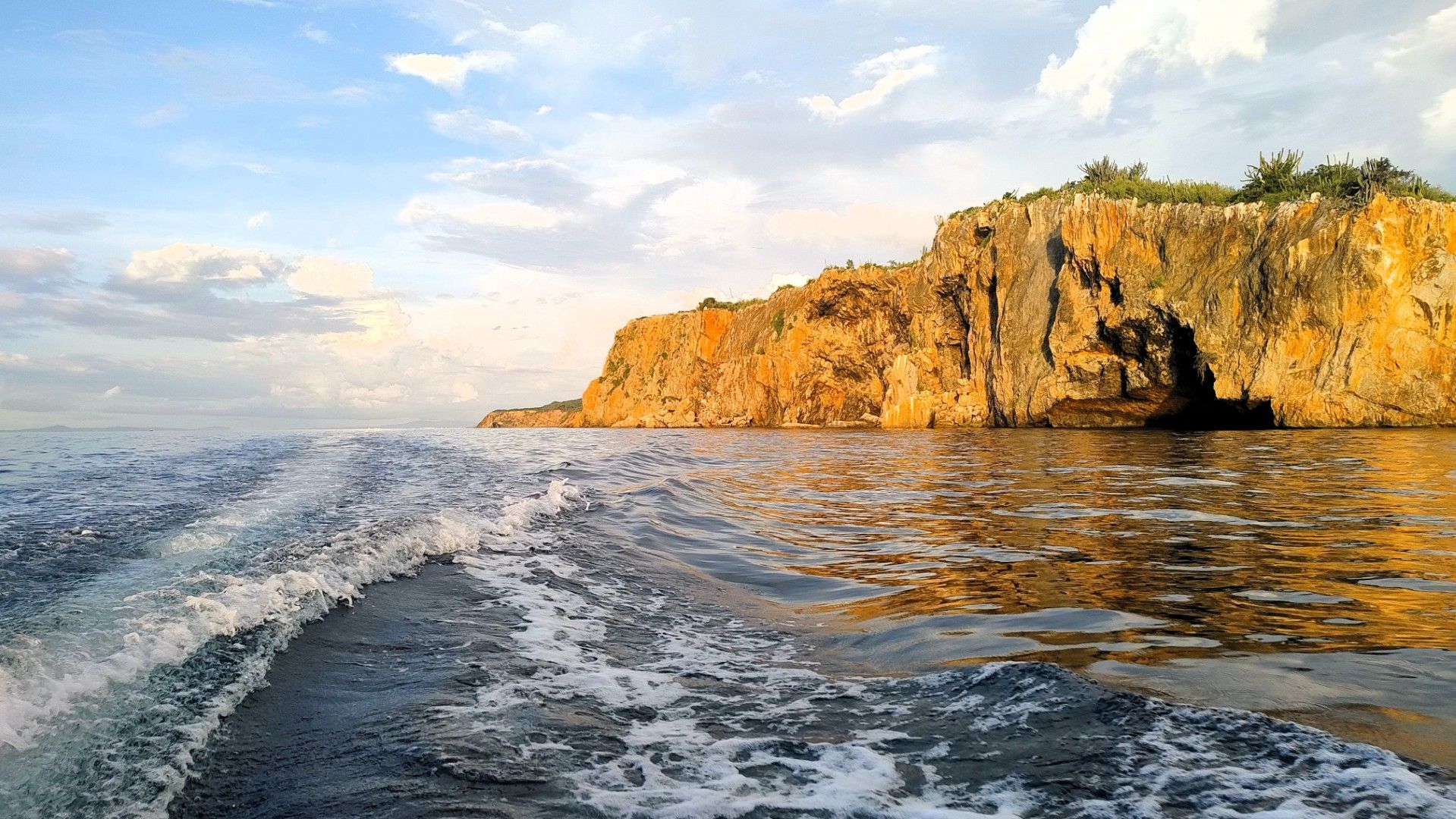 --- 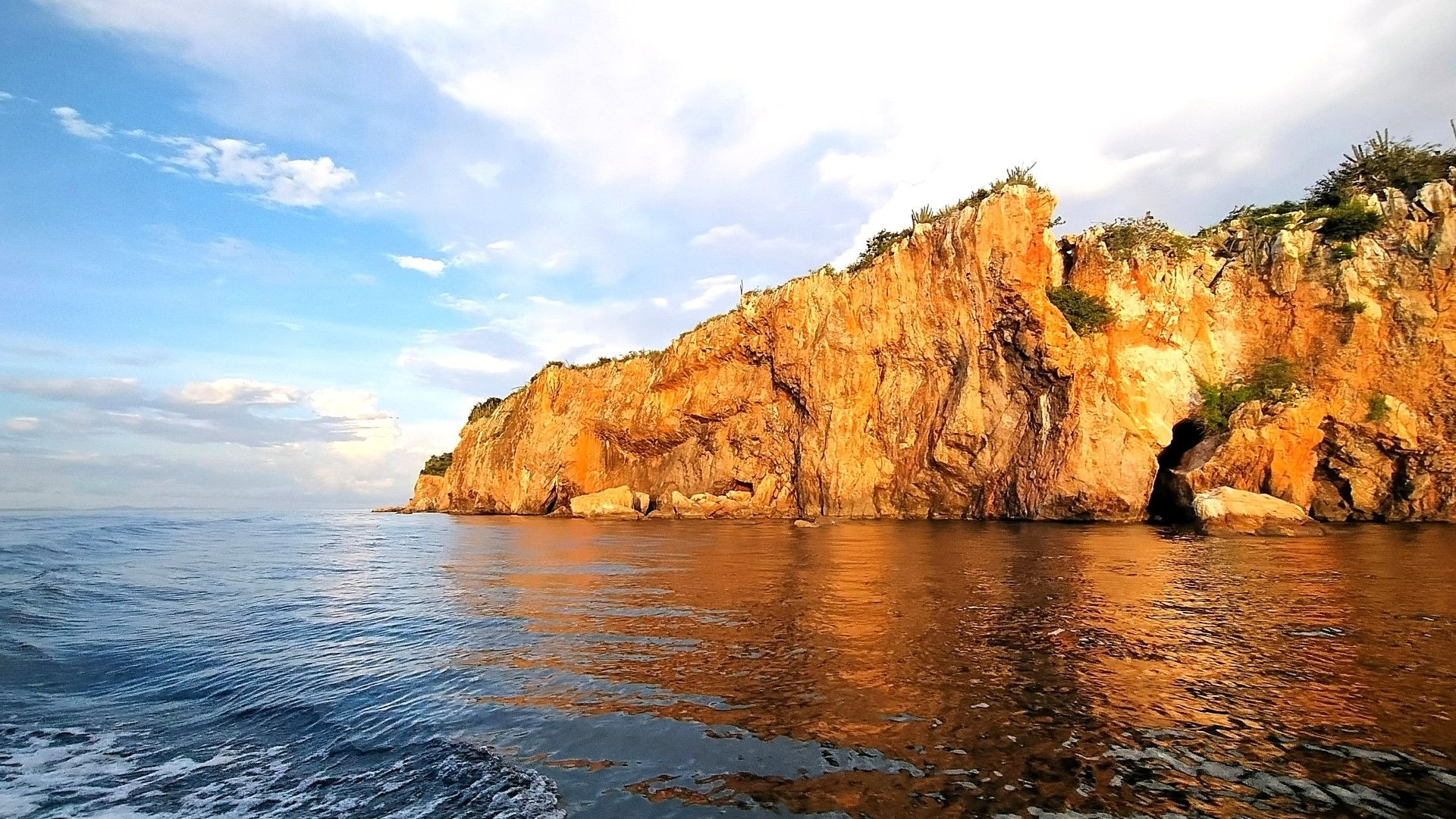 --- 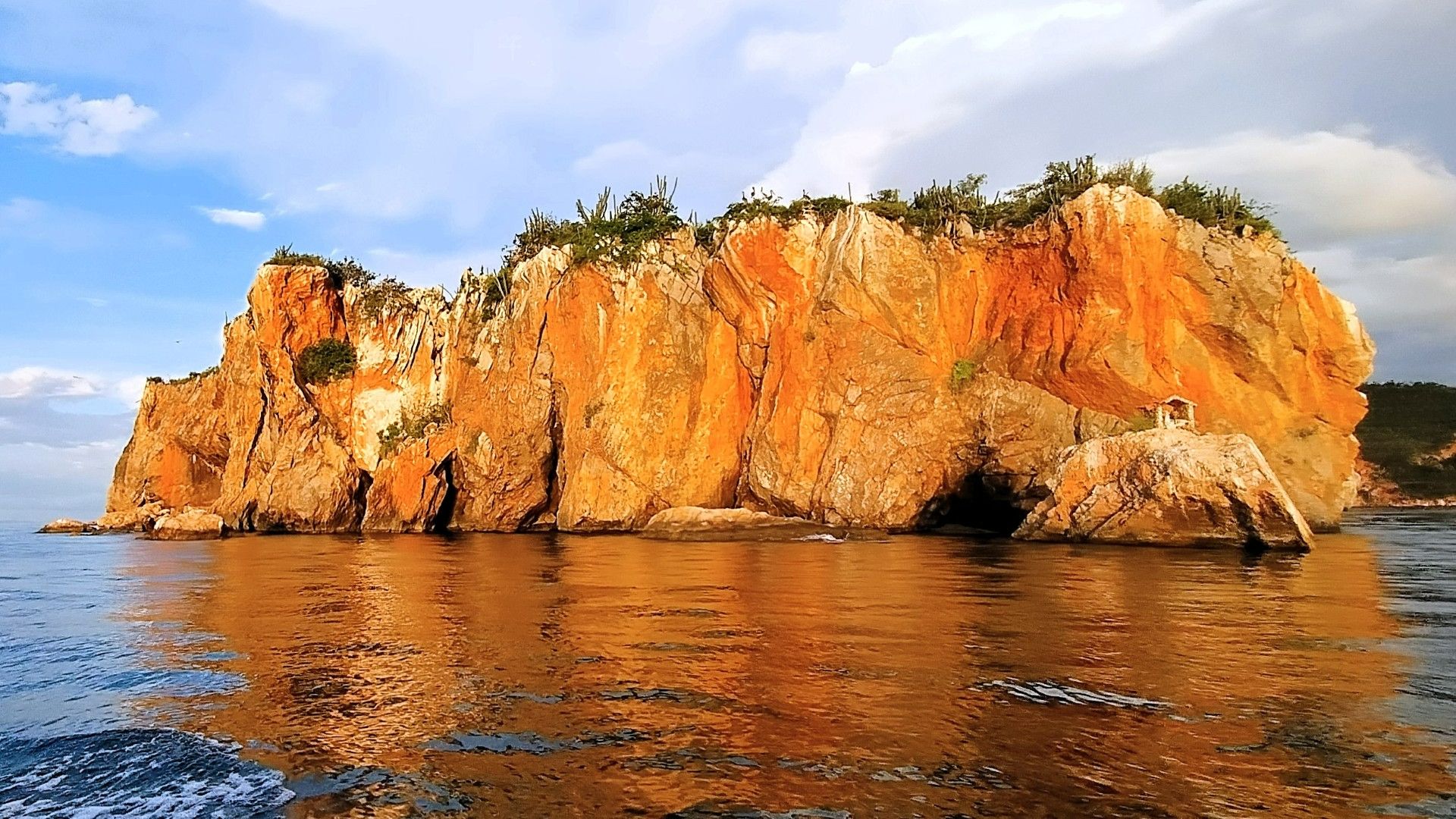 --- 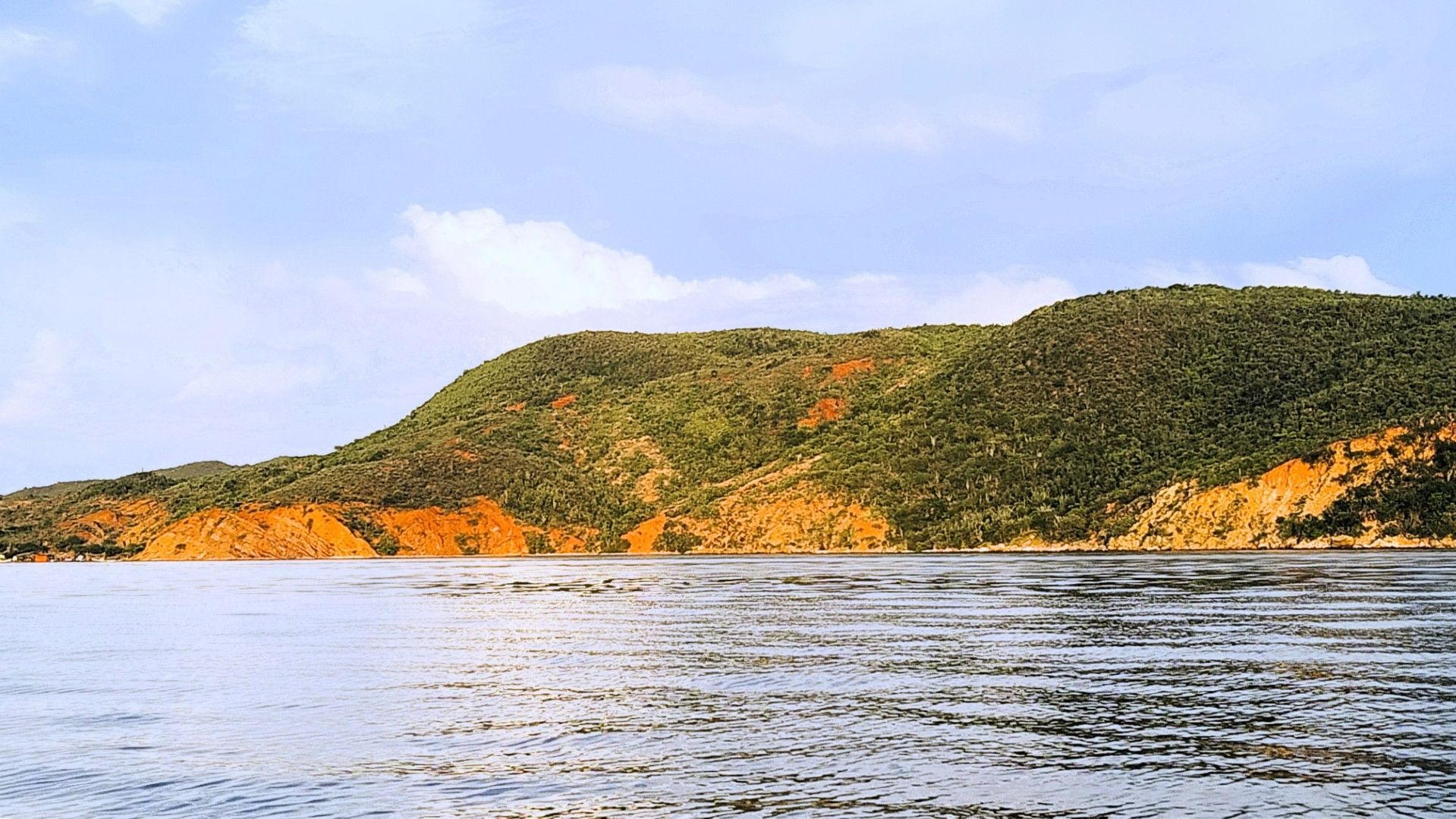 --- 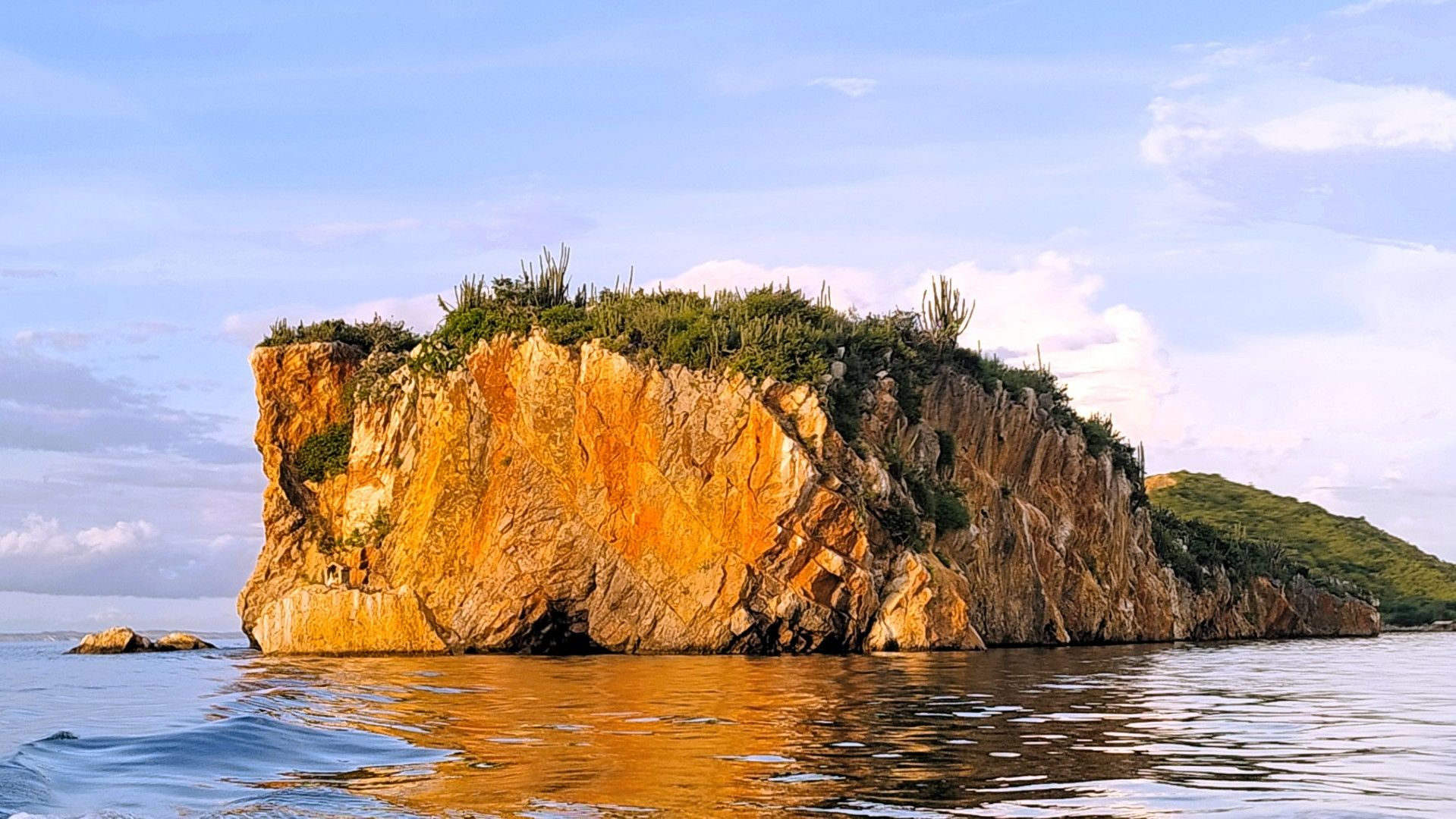 --- 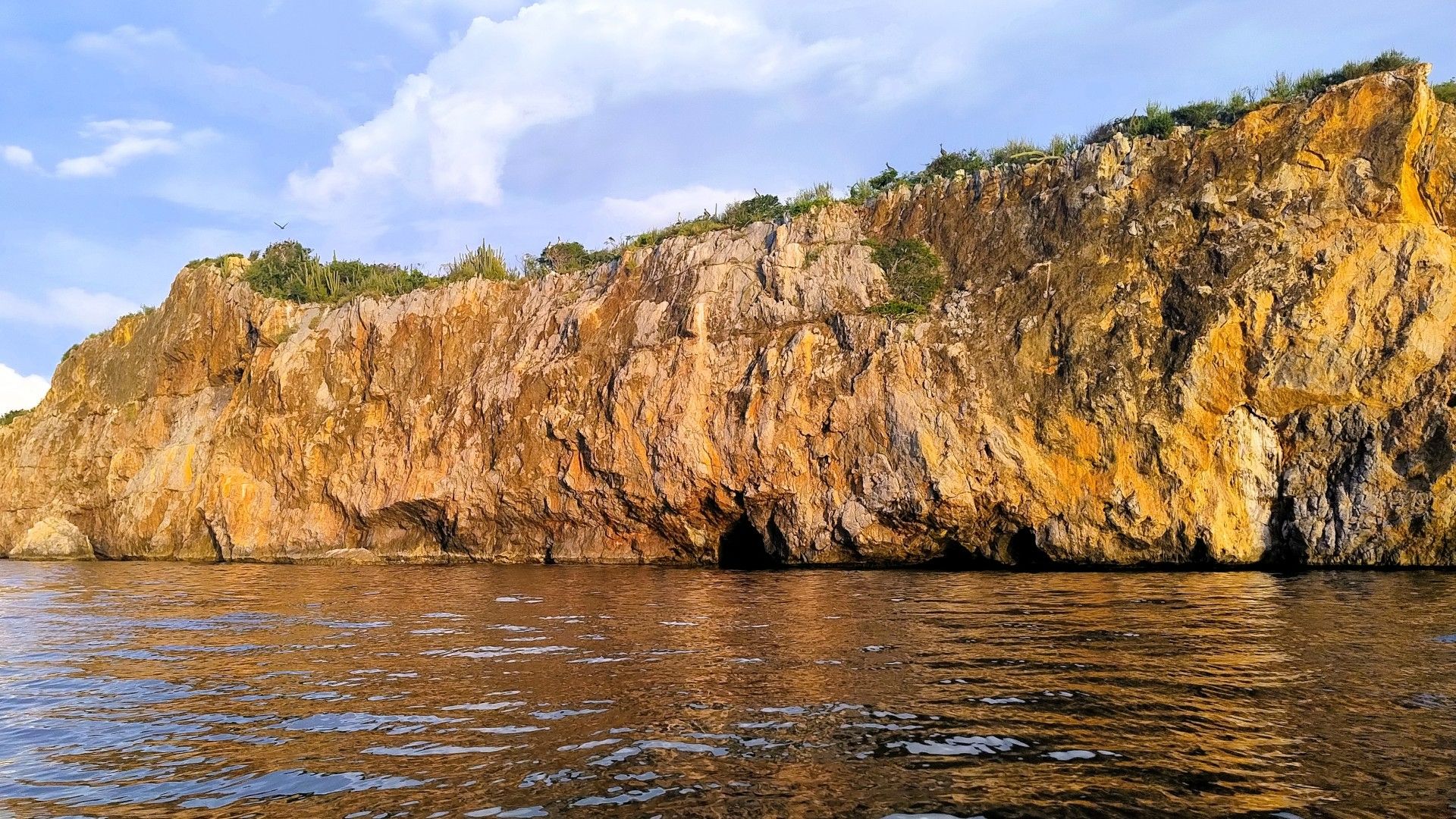 --- 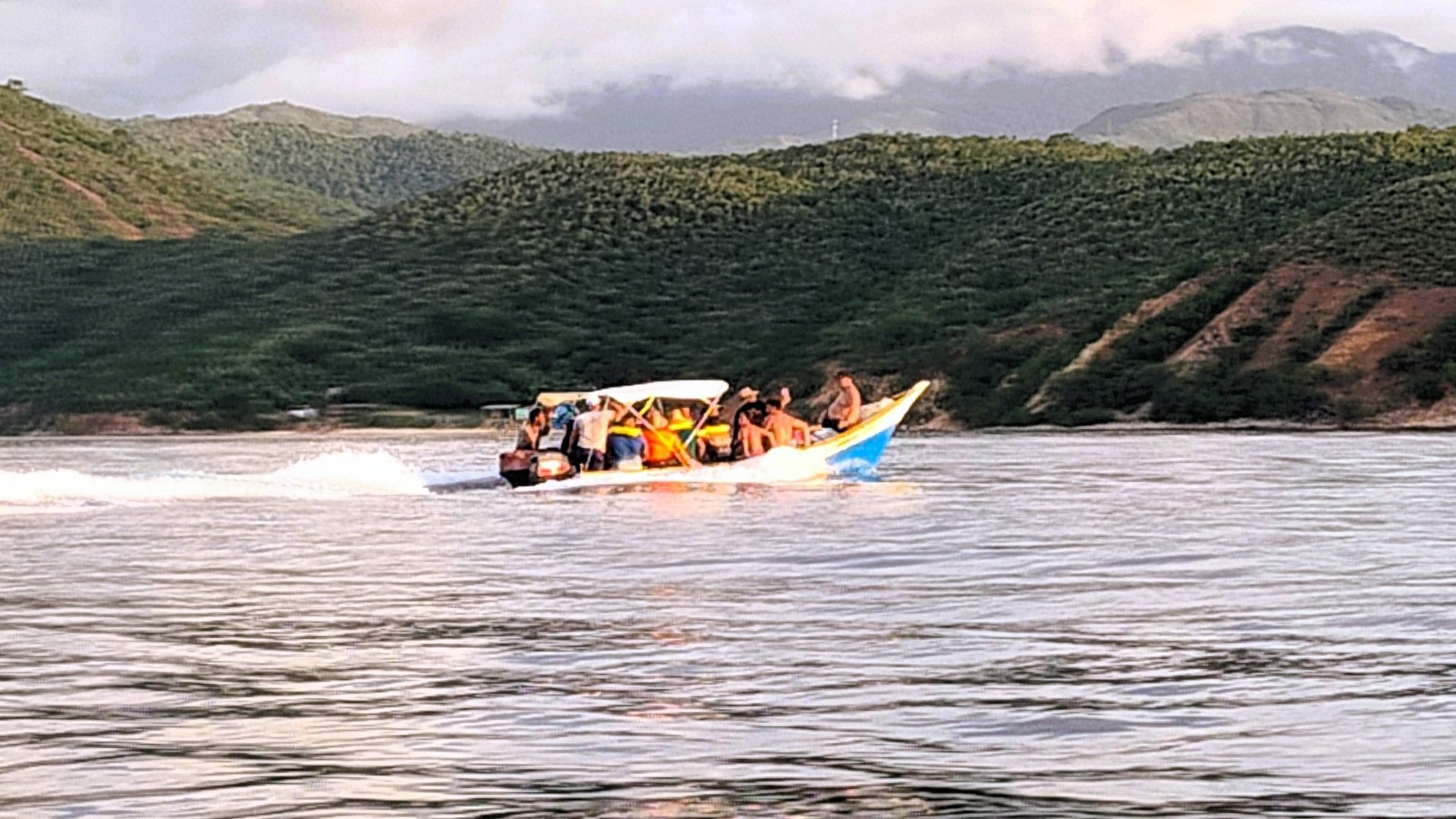 --- 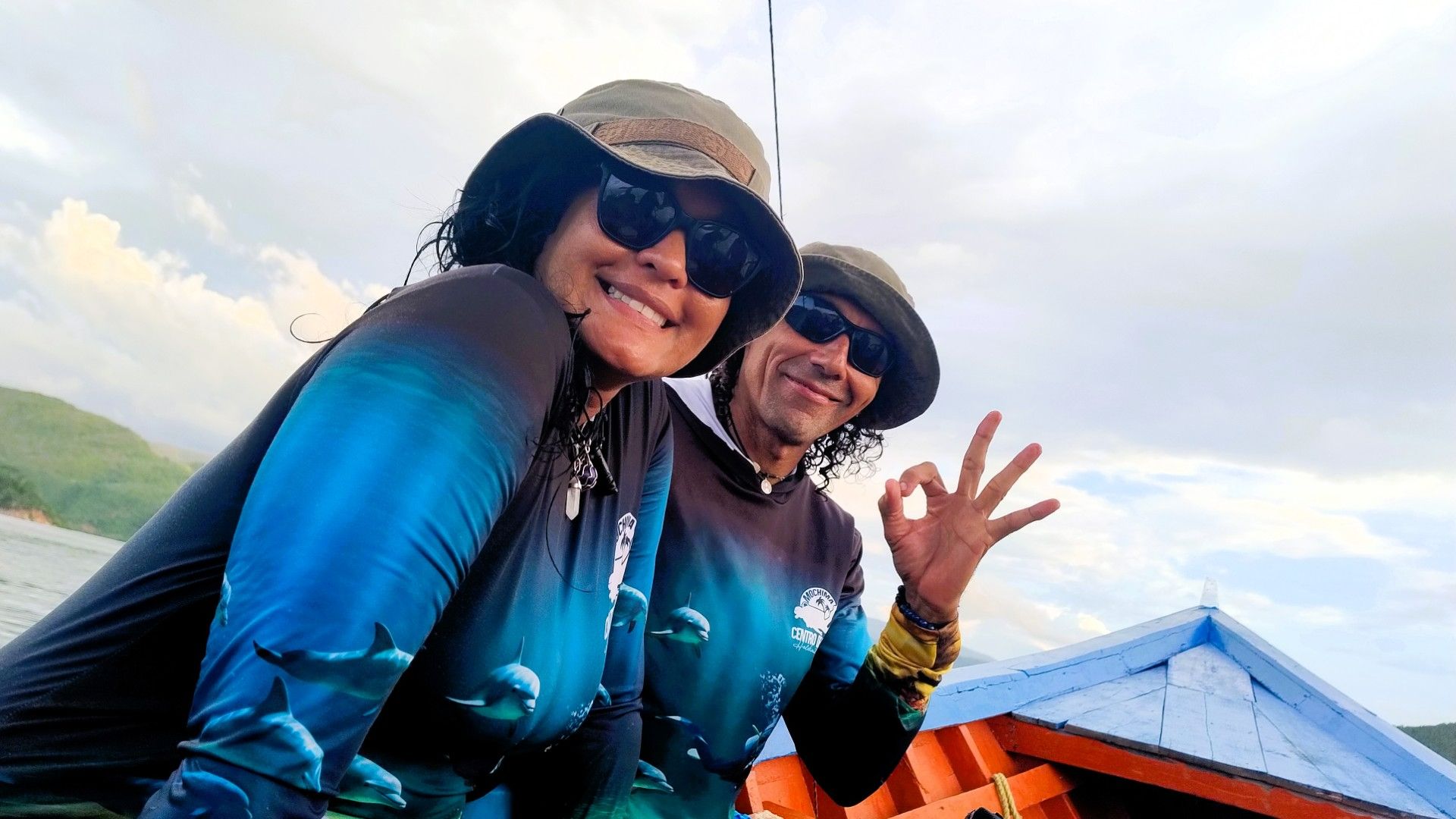 --- 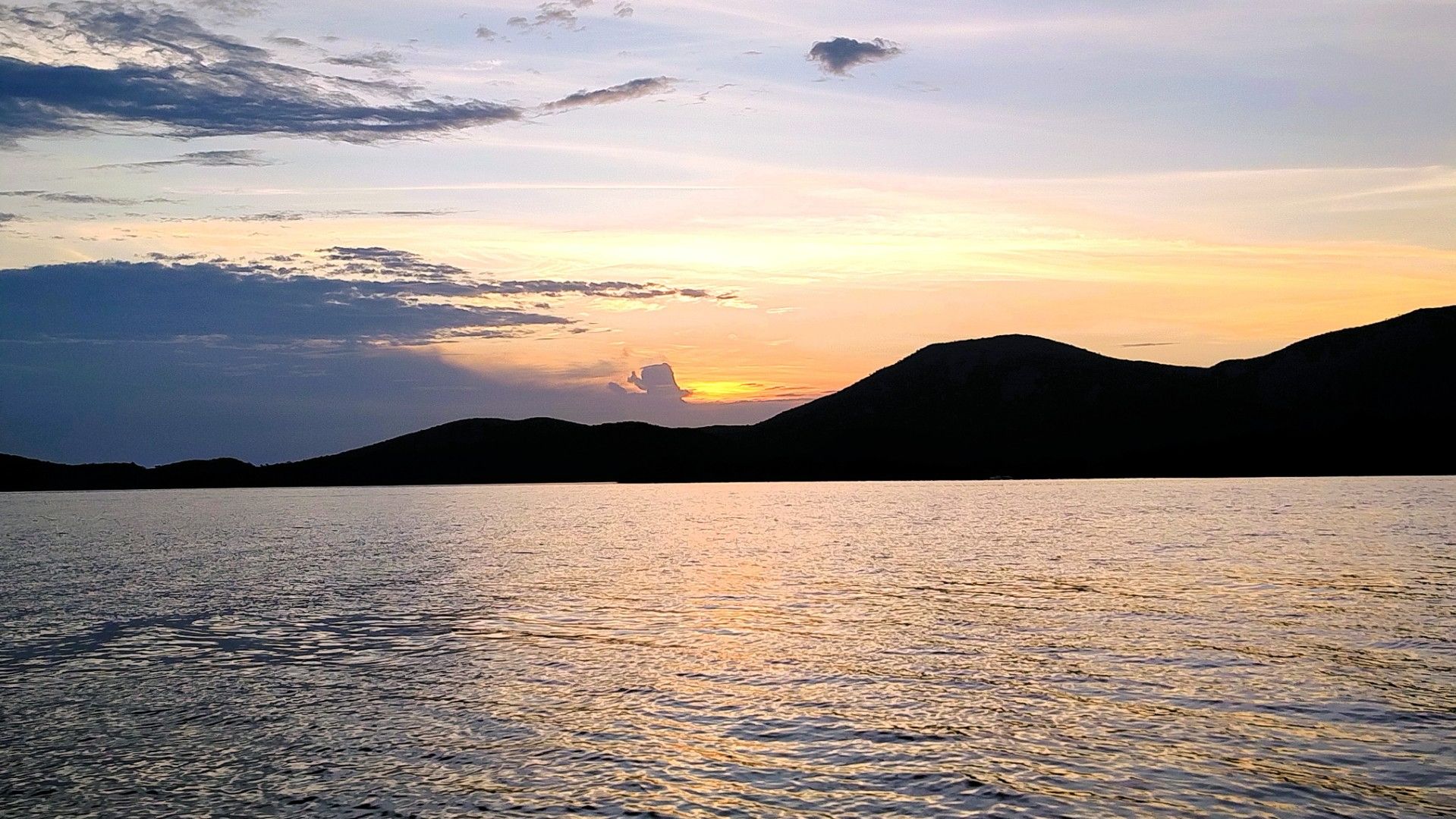 --- 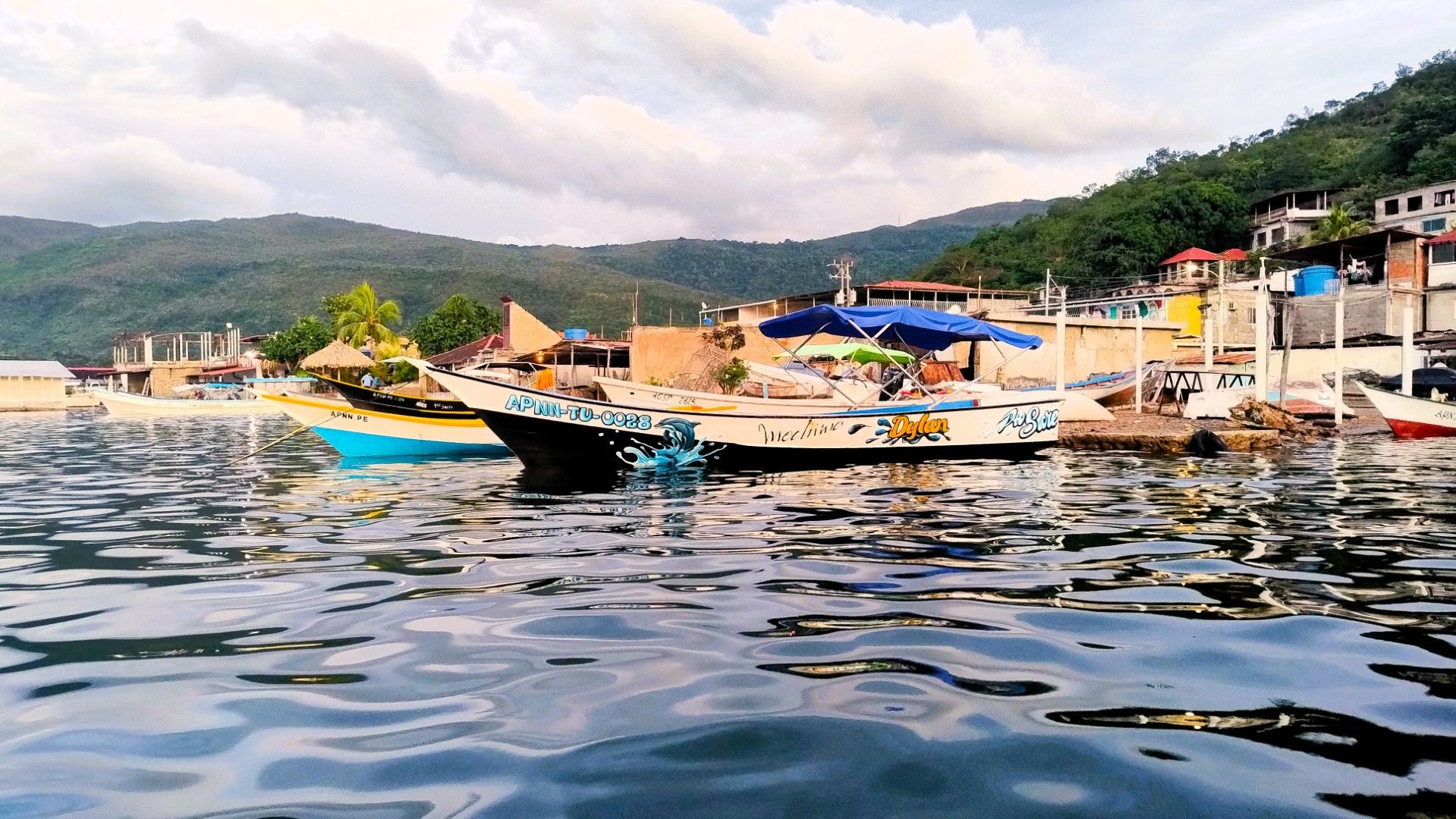 --- # 
ENGLISH VERSION (click here!)
Around six in the evening, we left the beach—not without first raising